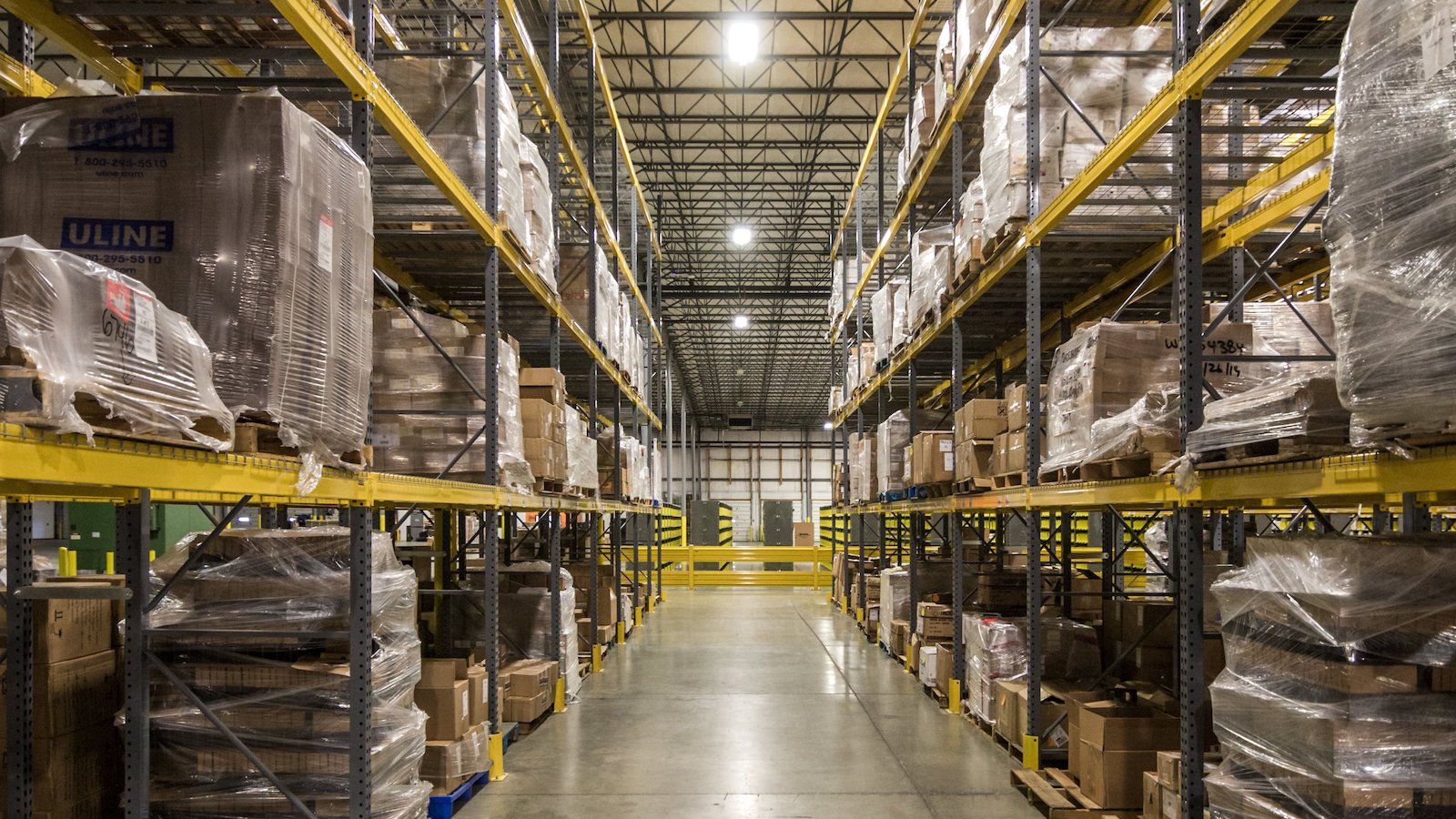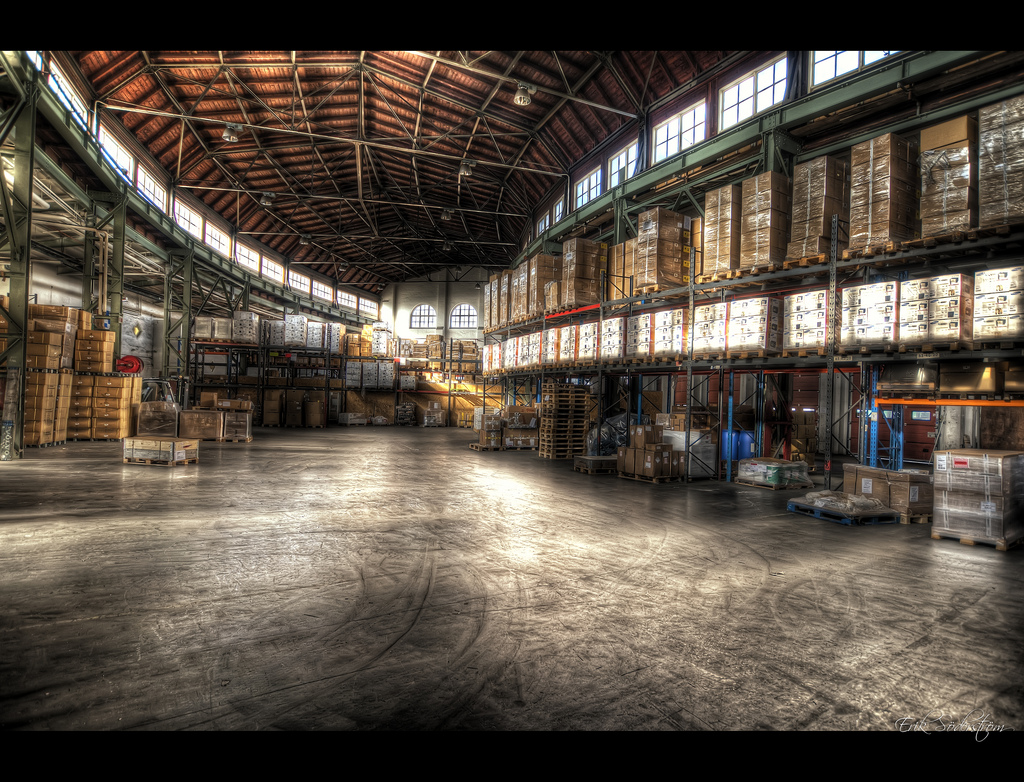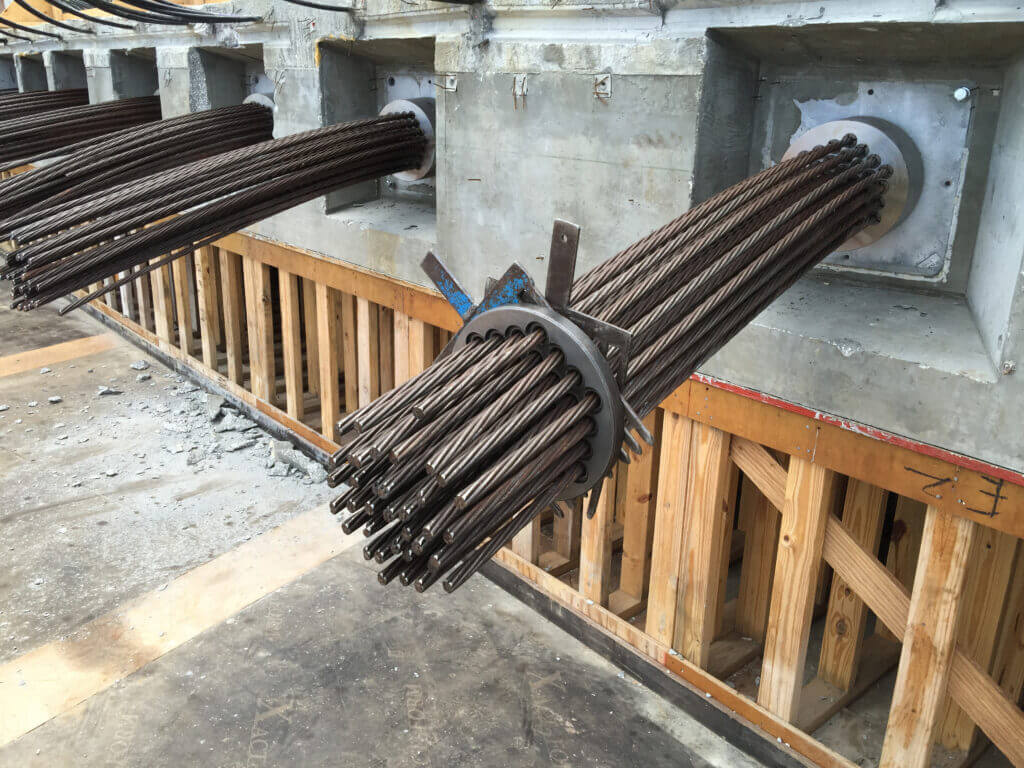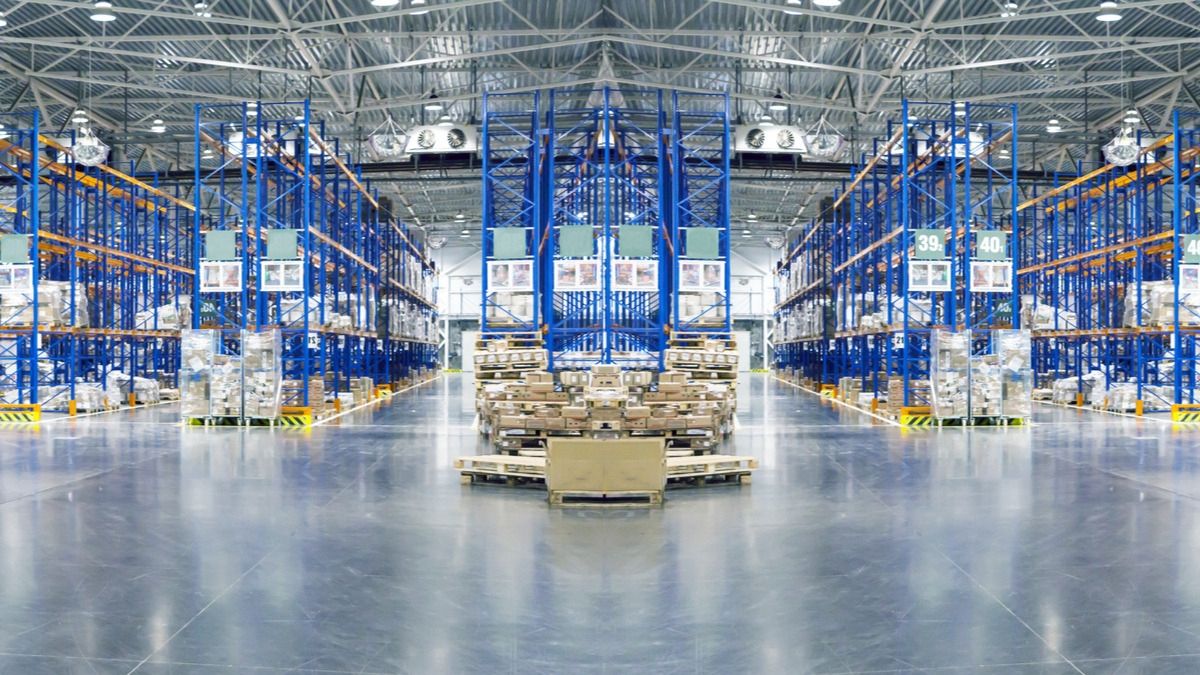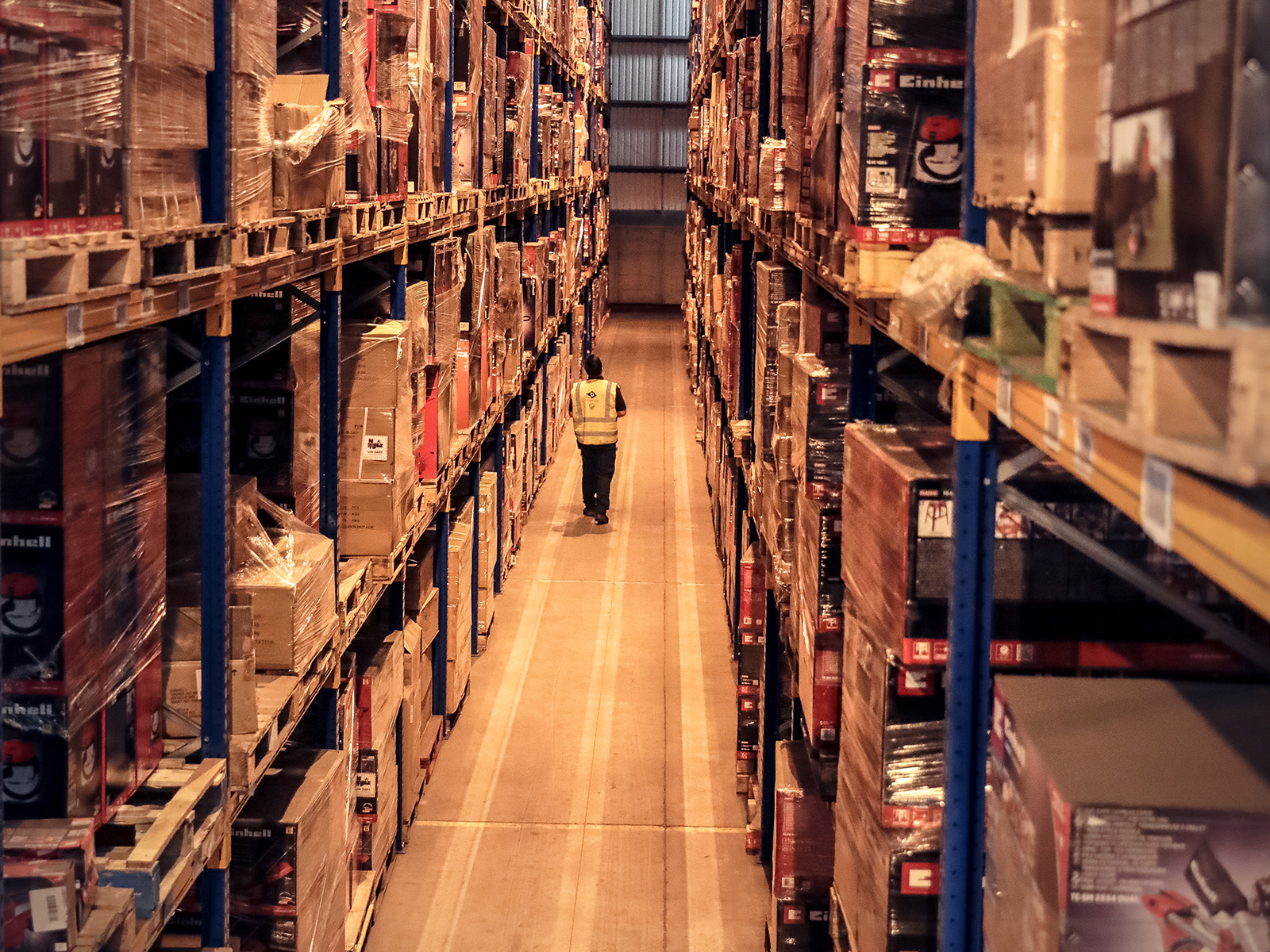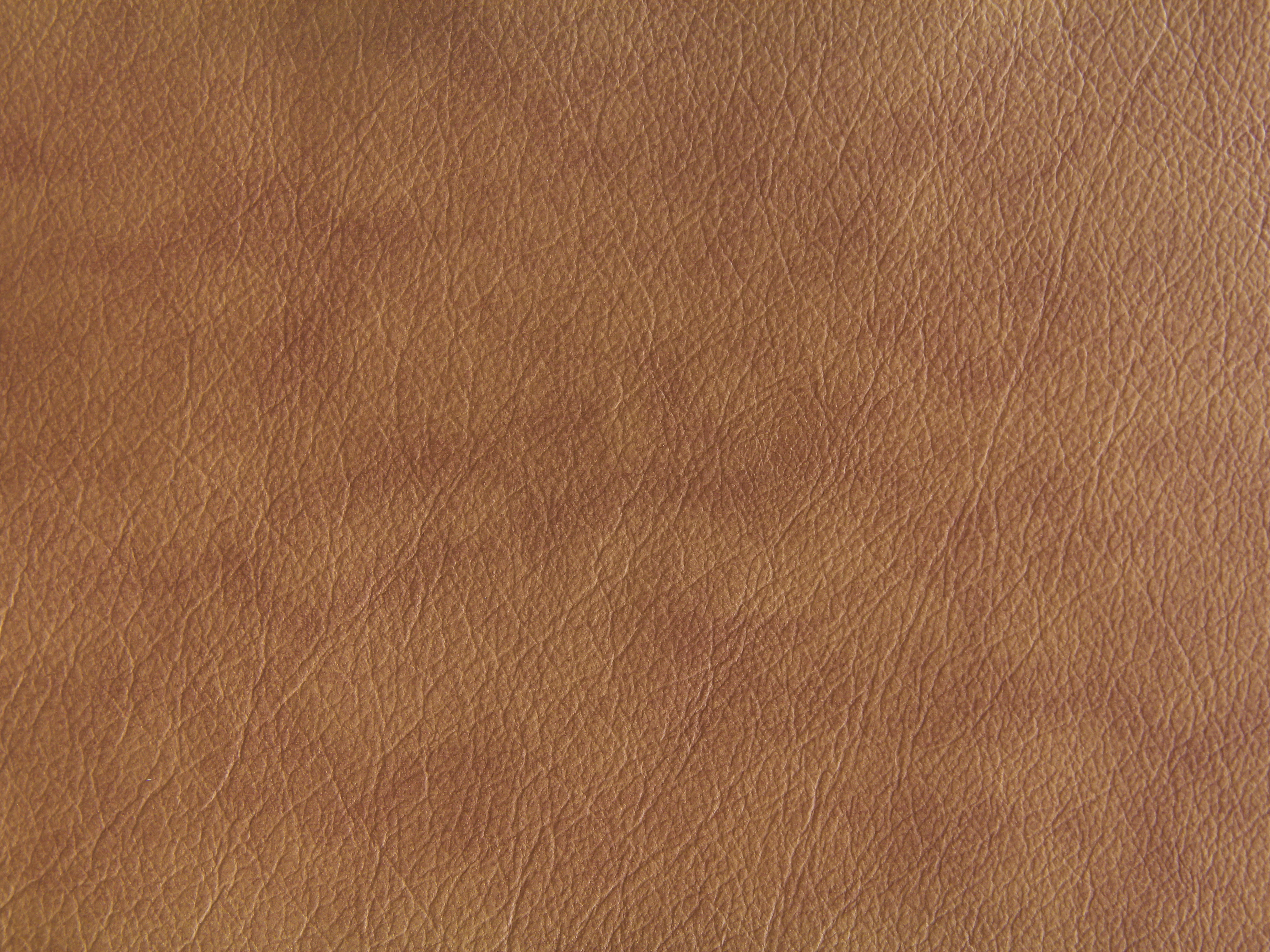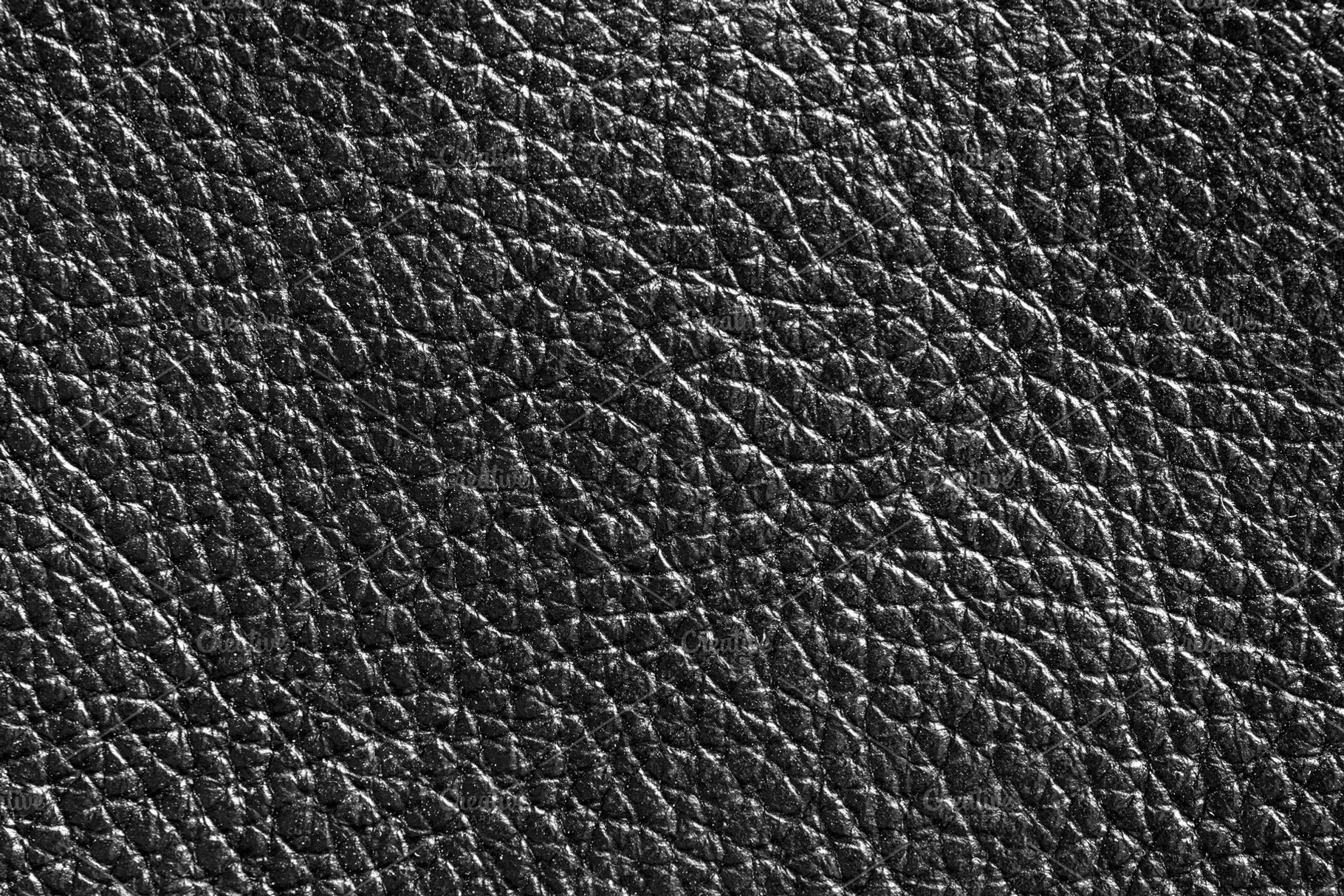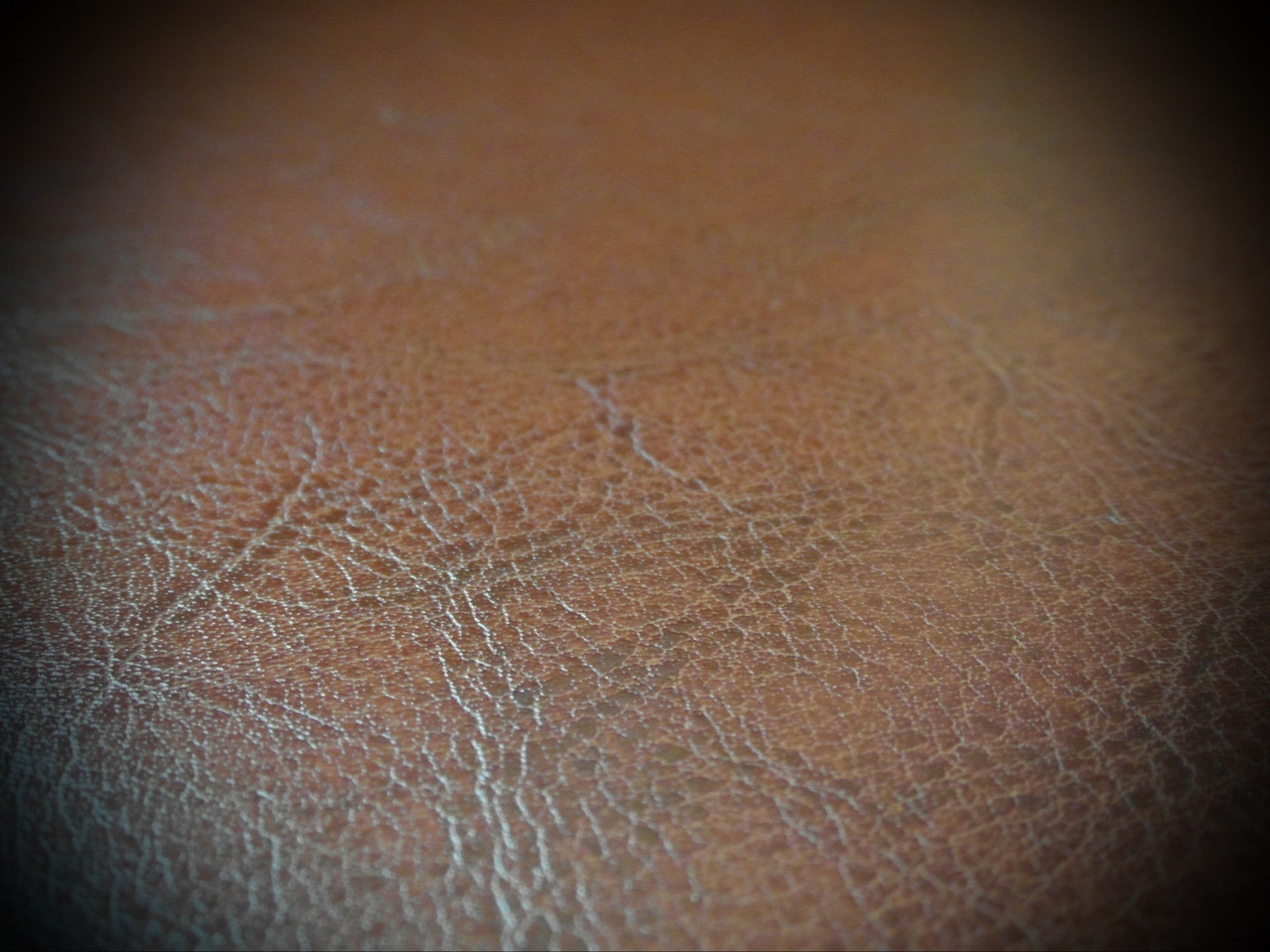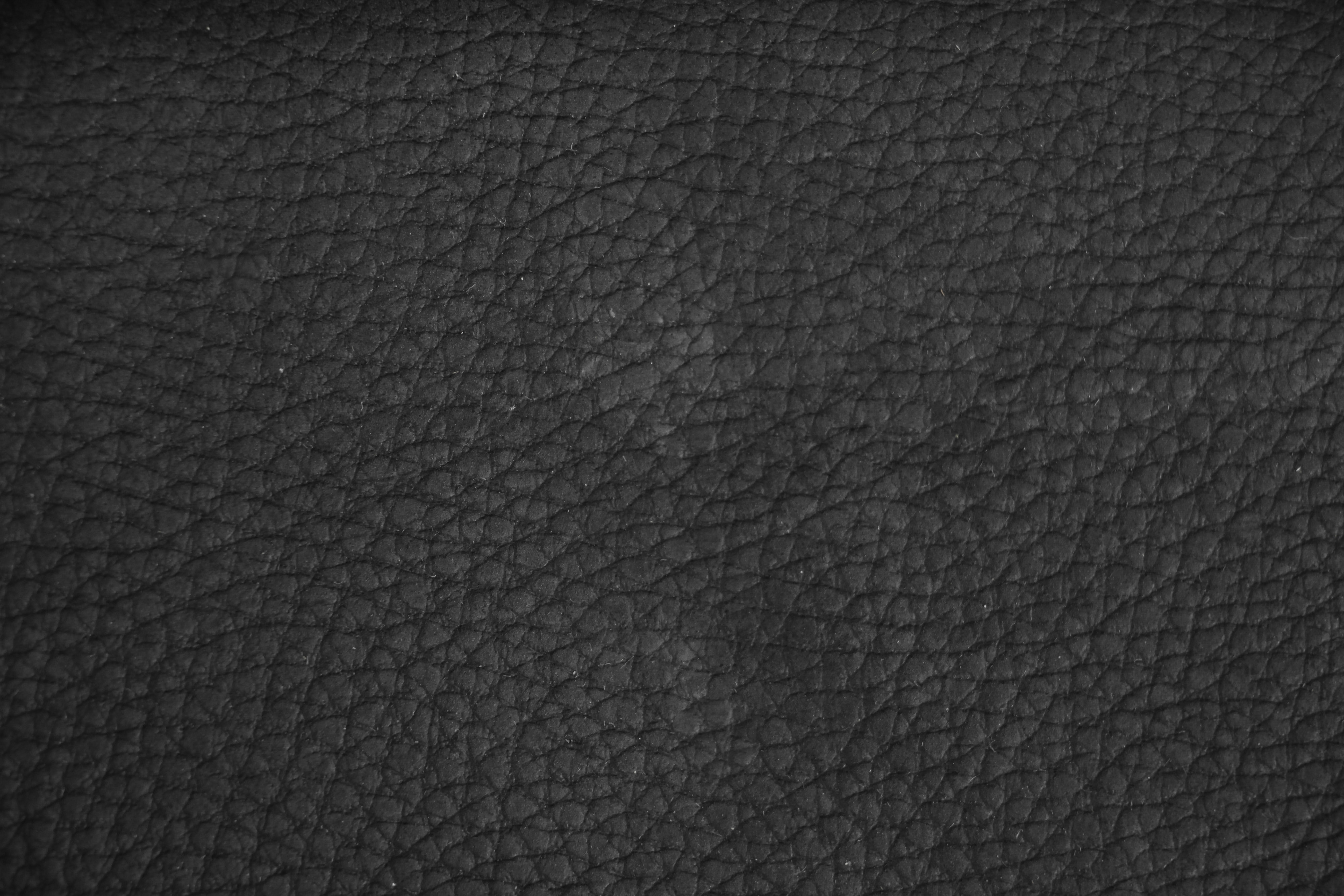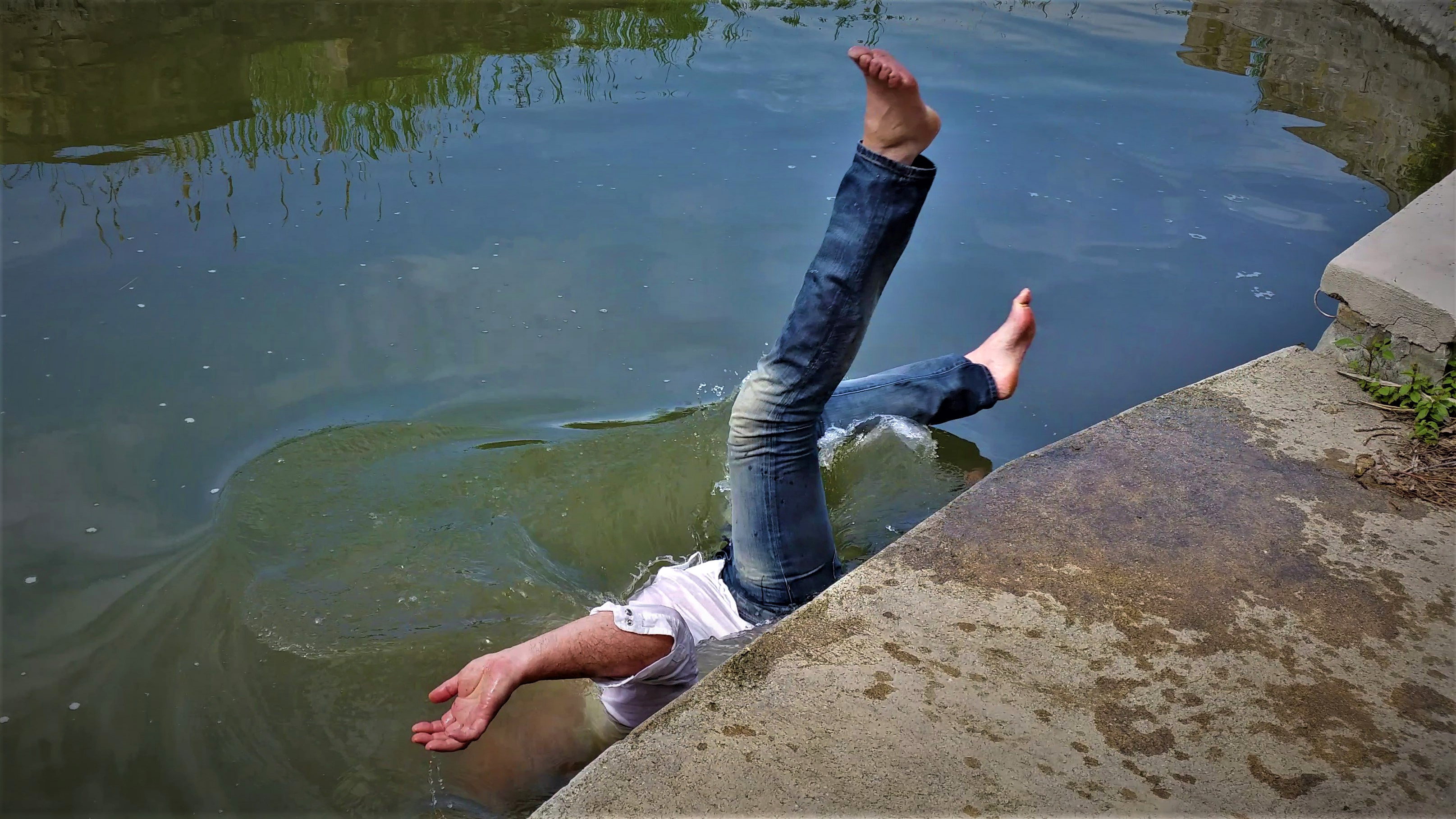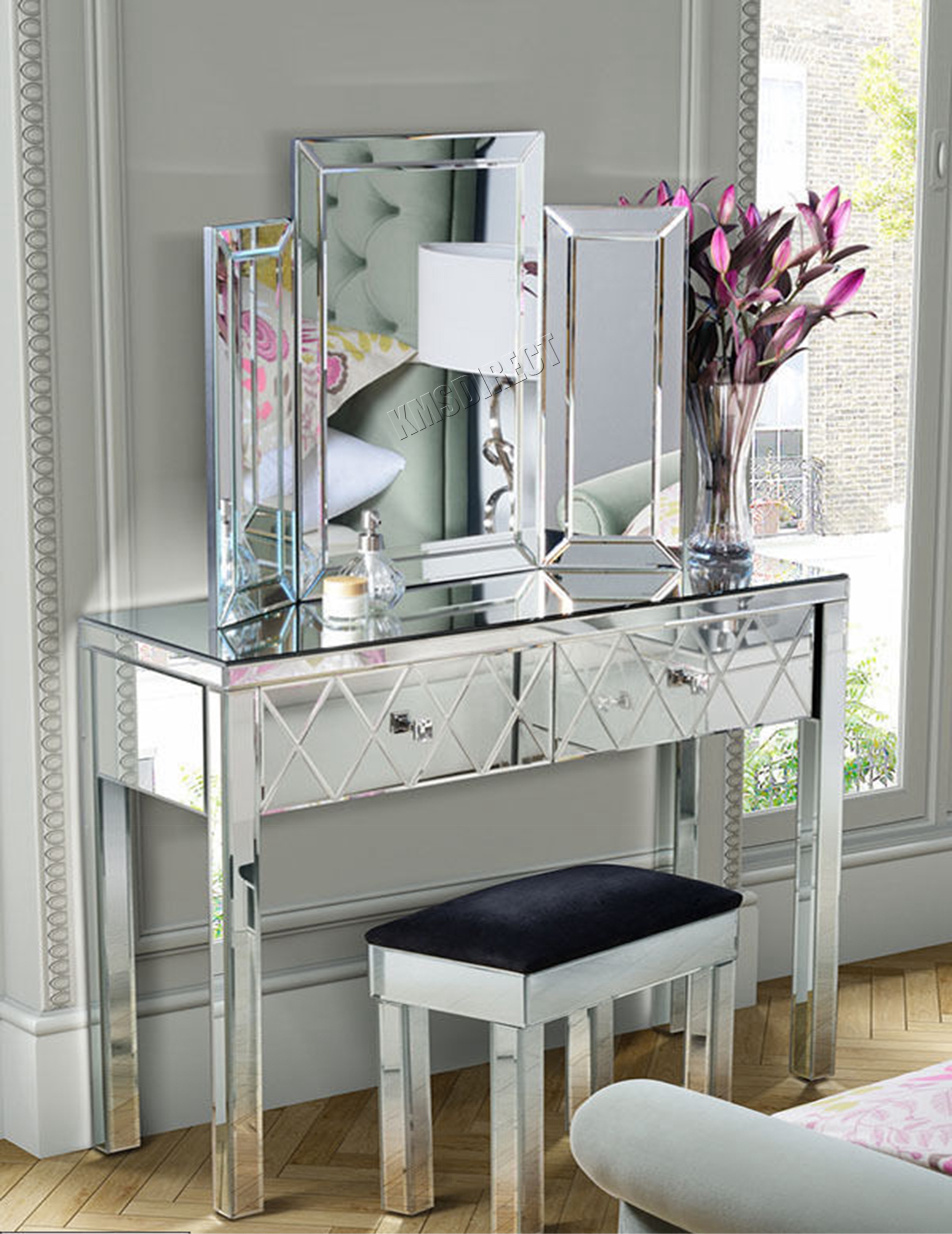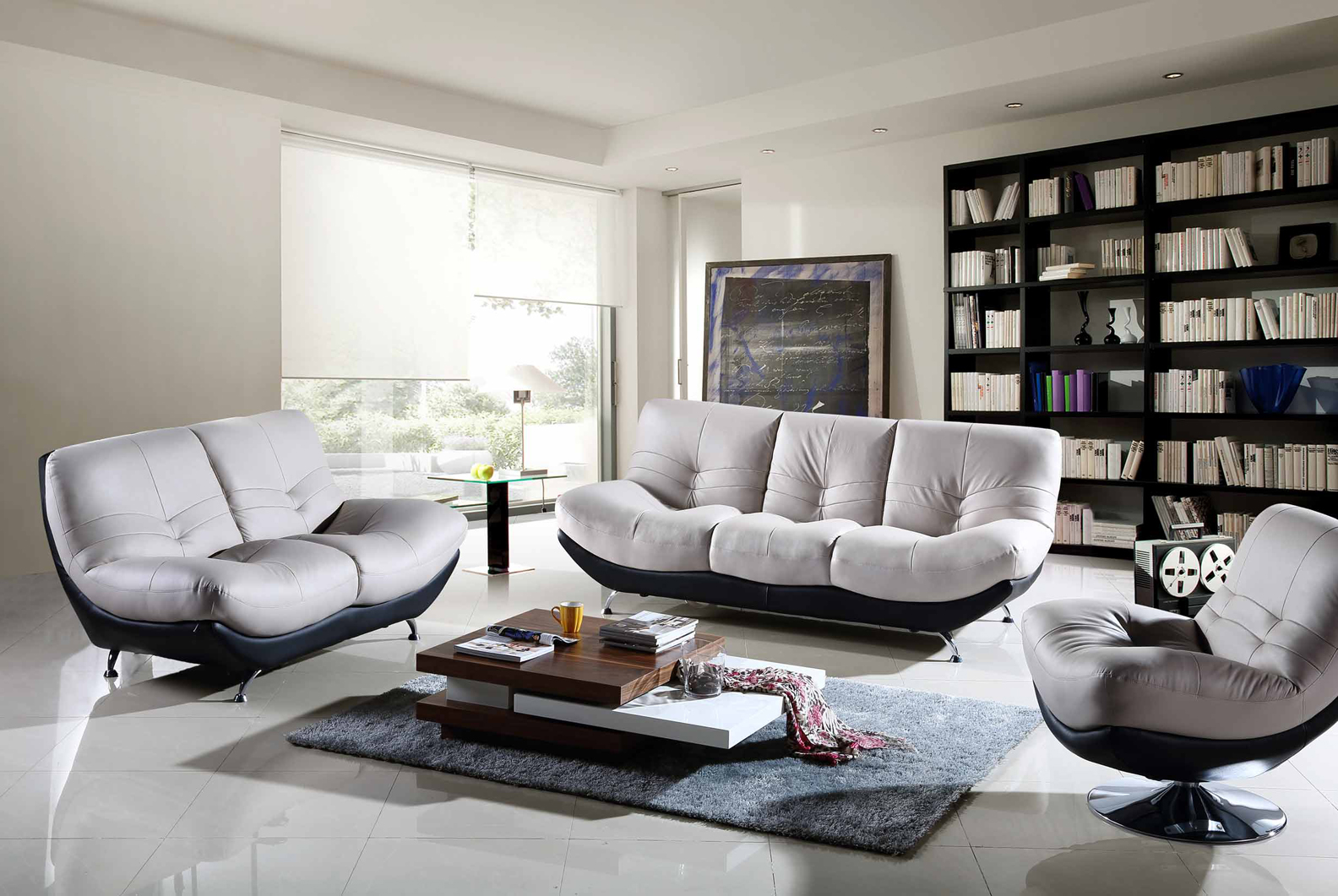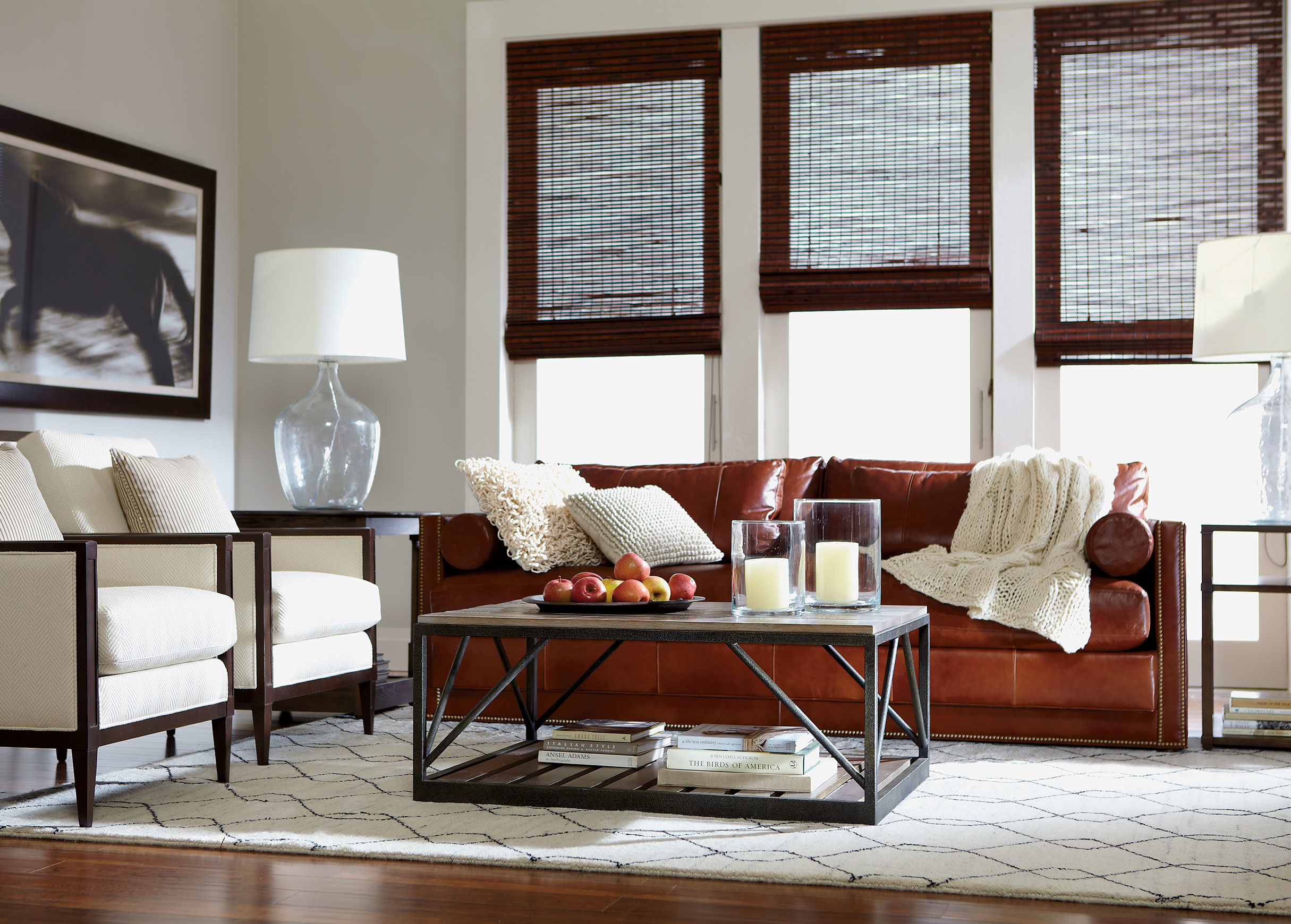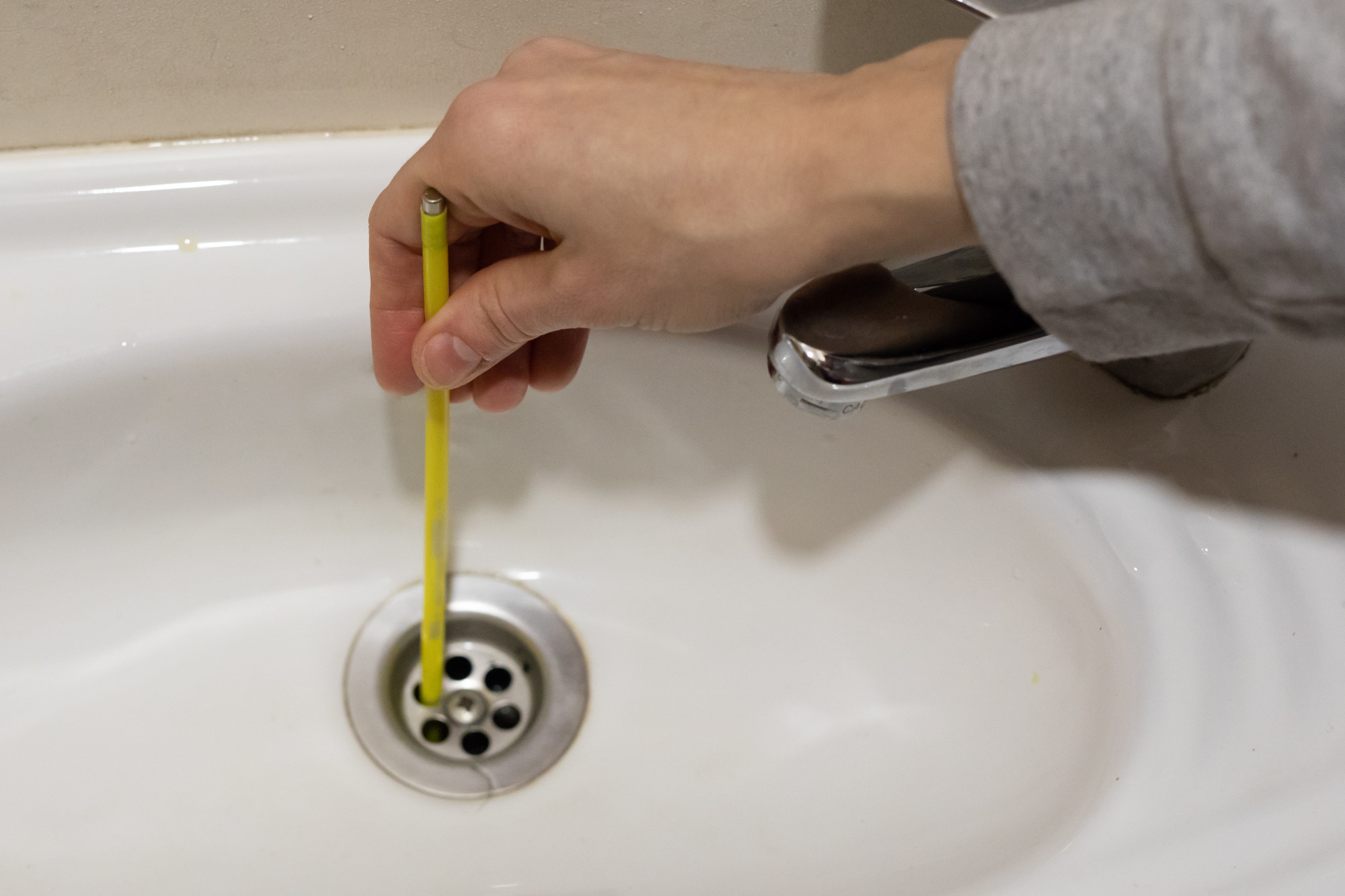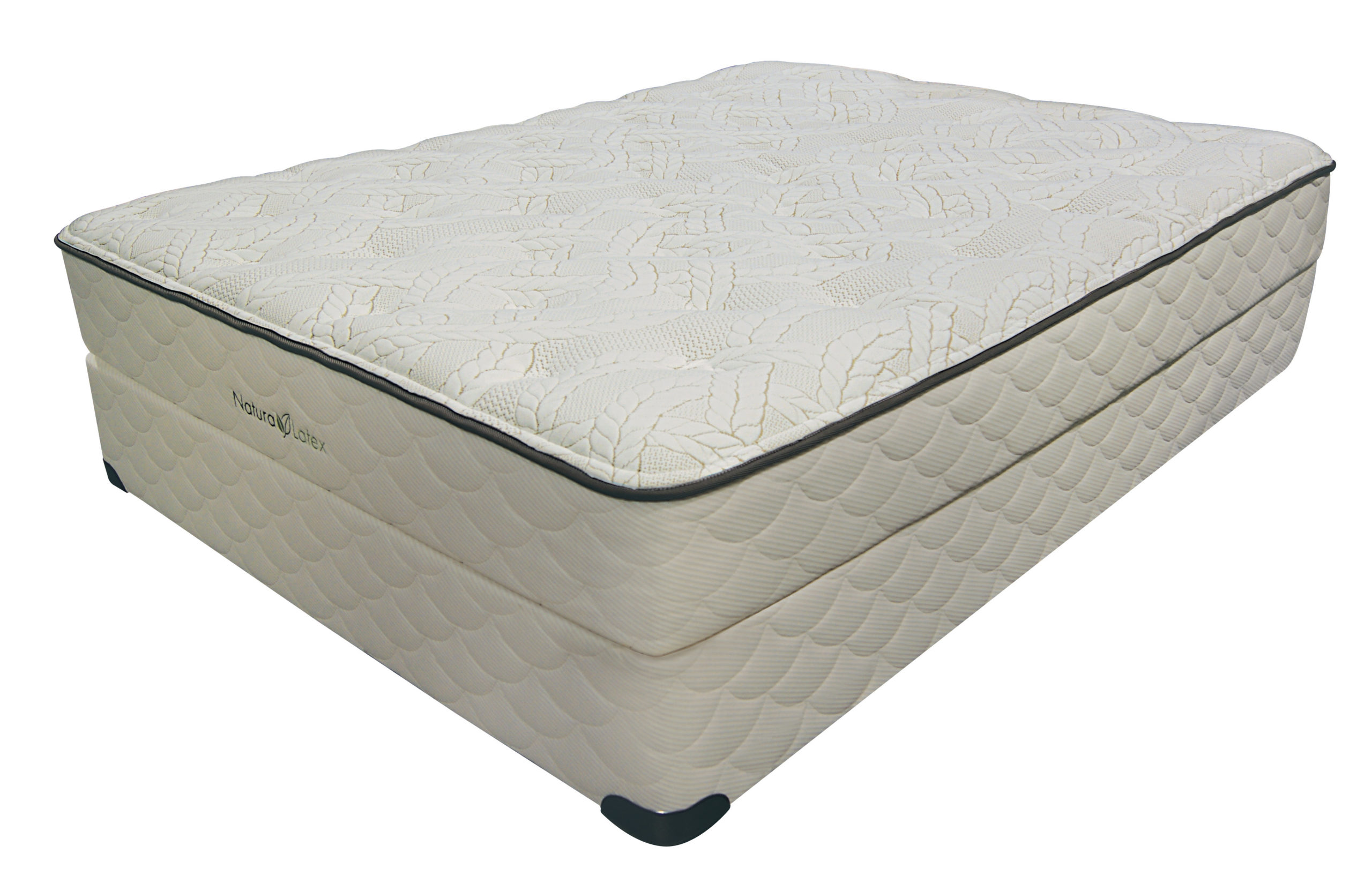Bonded Leather Sofa: A Guide to Understanding Its Quality and Durability
When it comes to purchasing a new sofa, many people opt for the luxurious look and feel of leather. However, not all leather sofas are created equal. In recent years, bonded leather has become a popular choice for its affordability and resemblance to genuine leather. But as some consumers have come to realize, bonded leather sofas have a tendency to fall apart. In this article, we will explore the top 10 reasons why bonded leather sofas may be falling apart and what you can do to prevent it from happening to your furniture.
Falling Apart: The Common Fate of Bonded Leather Sofas
One of the main reasons why bonded leather sofas are prone to falling apart is because of the way they are manufactured. Unlike genuine leather, which is made from a single piece of animal hide, bonded leather is made from scraps of leather that are bonded together with polyurethane. This process creates a material that looks and feels like leather, but lacks the durability and longevity of the real thing. As a result, bonded leather sofas may start to peel, crack, and flake, causing them to fall apart over time.
The Truth About Leather Sofas
While bonded leather may be a more affordable option, it is important to understand that genuine leather sofas are typically more durable and long-lasting. Genuine leather is a natural material that is able to withstand wear and tear, making it a better investment for your home. So, if you are in the market for a new sofa and want something that will stand the test of time, it may be worth splurging on a genuine leather sofa instead of settling for a bonded leather one.
Breaking Down Bonded Leather
As mentioned earlier, bonded leather is made by bonding scraps of leather together with polyurethane. This creates a material that is less expensive than genuine leather, but also less durable. The polyurethane coating on the surface of the bonded leather can easily crack and peel, especially with regular use and exposure to sunlight. This can cause the sofa to fall apart and leave unsightly patches and tears that are difficult to repair.
The Bonded Leather Bonding Process
The bonding process used to create bonded leather is also a contributing factor to its downfall. In order to bond the leather scraps together, manufacturers use chemicals and heat, which can weaken the material over time. As the bond between the leather and polyurethane weakens, the sofa may start to show signs of wear and tear, ultimately leading to its eventual demise.
Bonded Leather vs. Genuine Leather: The Differences
While bonded leather may look and feel like genuine leather, there are some key differences between the two materials that can affect their durability. Genuine leather is able to breathe and adapt to the temperature and humidity of its surroundings, whereas bonded leather is not. This can cause the bonded leather to dry out and become brittle, causing it to fall apart.
The Bonded Bond: What to Look for When Purchasing a Bonded Leather Sofa
If you are set on purchasing a bonded leather sofa despite its potential downfall, there are a few things you can look for to ensure you are getting a better quality product. First, check the thickness of the bonded leather. The thicker the bonded leather, the more durable it may be. You can also ask the salesperson about the specific bonding process used, as some may be stronger than others. Lastly, be sure to ask about the warranty and if it covers any issues with peeling or cracking.
Falling Apart: How to Care for Your Bonded Leather Sofa
Although bonded leather may not be as durable as genuine leather, there are still steps you can take to prolong the life of your sofa. To prevent drying and cracking, be sure to keep your sofa out of direct sunlight. You can also use leather conditioners and protectants to help maintain its appearance and prevent the polyurethane coating from peeling. And as always, make sure to clean up any spills or stains immediately to avoid any damage to the material.
Apartment Living: Alternatives to Bonded Leather Sofas
If you live in an apartment or have a smaller living space, you may be limited in your furniture options. Luckily, there are alternatives to bonded leather sofas that are both affordable and durable. Microfiber and polyester sofas are great options for those looking for a budget-friendly yet long-lasting alternative to bonded leather. These materials are also easy to clean and maintain, making them a practical choice for any living space.
The Final Word: Don't Let Your Bonded Leather Sofa Fall Apart
In conclusion, while bonded leather may seem like a great option for those looking for a luxurious and affordable sofa, it is important to understand the potential downsides. The bonding process and materials used to create bonded leather may lead to its downfall and cause it to fall apart over time. If you are set on purchasing a bonded leather sofa, be sure to take proper care of it and consider alternatives for a longer-lasting investment. By following these tips, you can ensure that your bonded leather sofa stays intact for years to come.
Bonded Leather Sofas: The Drawbacks of an Attractive Design Choice
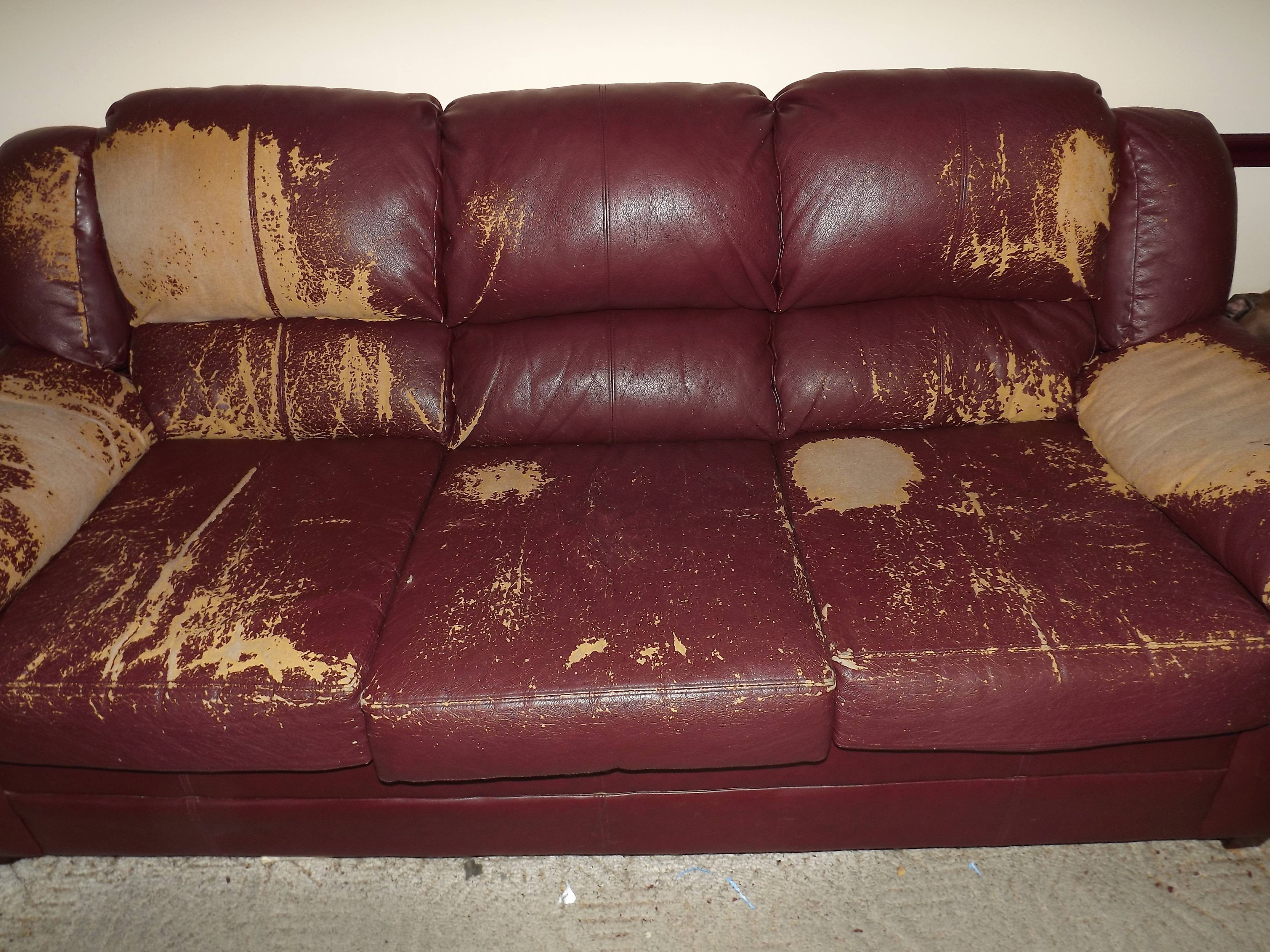
Bonded leather sofas have become a popular choice for homeowners looking for a sleek and modern addition to their living spaces. With their affordable price point and stylish appearance, it's no wonder that these sofas have gained popularity in recent years. However, as with any trend, there are drawbacks that must be considered before making a purchase. The biggest concern with bonded leather sofas is their tendency to fall apart, leaving homeowners with a furniture nightmare on their hands.
The Issue with Bonded Leather

First, it's important to understand what bonded leather actually is. Contrary to what the name may suggest, bonded leather is not 100% genuine leather. In fact, it is made up of scraps and fibers of real leather that are bonded together with a polyurethane or latex material. This creates a product that looks and feels like leather, but is not as durable.
The main issue with bonded leather is that it is not as strong or long-lasting as genuine leather. Over time, the polyurethane or latex material can break down, causing the bonded leather to peel and crack. This can be especially problematic for bonded leather sofas, as they are subject to frequent use and wear and tear.
Factors that Contribute to Bonded Leather Sofa Deterioration
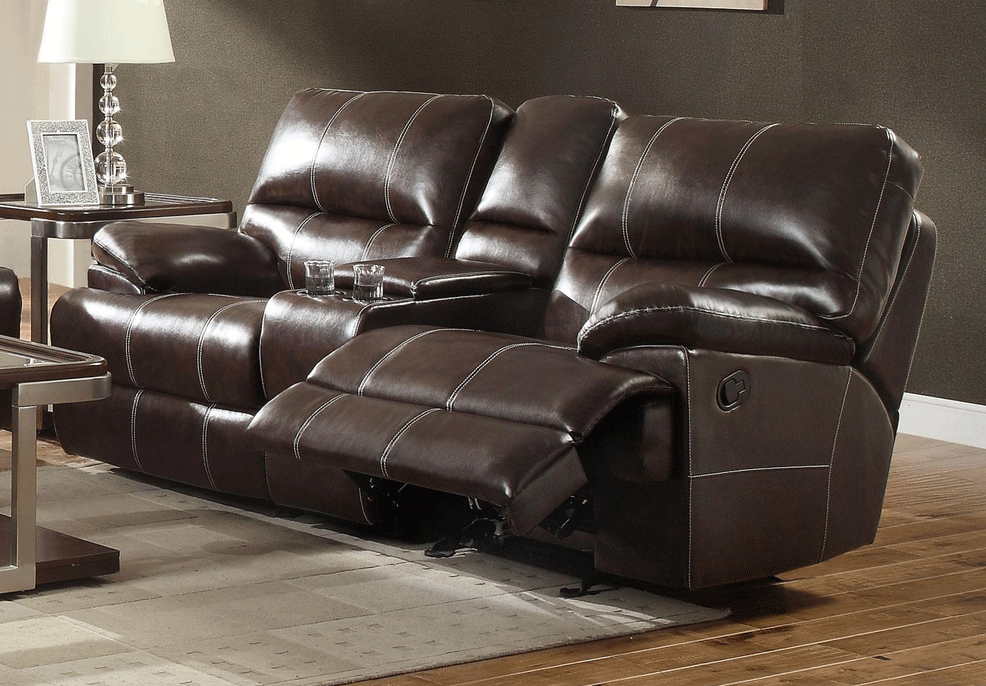
There are several factors that can contribute to the deterioration of bonded leather sofas, including:
- Exposure to sunlight: Just like genuine leather, bonded leather can fade and dry out when exposed to direct sunlight for extended periods of time.
- Poor quality materials: Not all bonded leather is created equal. Some manufacturers may use lower quality materials, resulting in a weaker and less durable product.
- Lack of maintenance: Bonded leather sofas require regular cleaning and conditioning to maintain their appearance and prevent deterioration. Failure to do so can lead to peeling and cracking.
- Heavy use: As mentioned before, bonded leather sofas are subject to frequent use and can deteriorate quicker than other types of furniture.
Alternative Options for Durable and Stylish Sofas

While bonded leather sofas may seem like an attractive and budget-friendly option, they may not be the best choice for those looking for long-lasting and durable furniture. Instead, consider investing in genuine leather or high-quality synthetic leather sofas. These options may have a higher upfront cost, but they will last much longer and require less maintenance in the long run.
Another option is to look into fabric sofas, which can also offer a stylish and comfortable seating solution. Fabric sofas are less prone to peeling and cracking, making them a more durable choice for households with heavy use.
Conclusion

In conclusion, while bonded leather sofas may seem like a great addition to your home, it's important to consider the potential drawbacks that come with them. Understanding the nature of bonded leather and taking proper care of it can help prolong its lifespan, but it may not be the most practical or durable choice for your household. Consider alternative options for a long-lasting and stylish sofa that will stand the test of time.


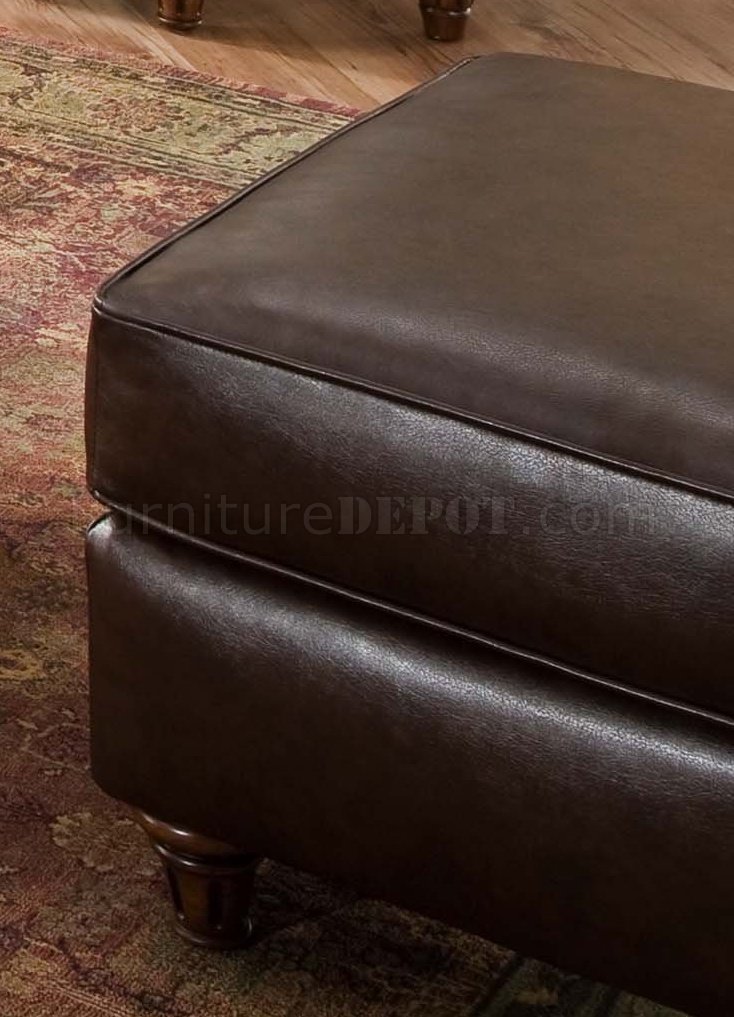

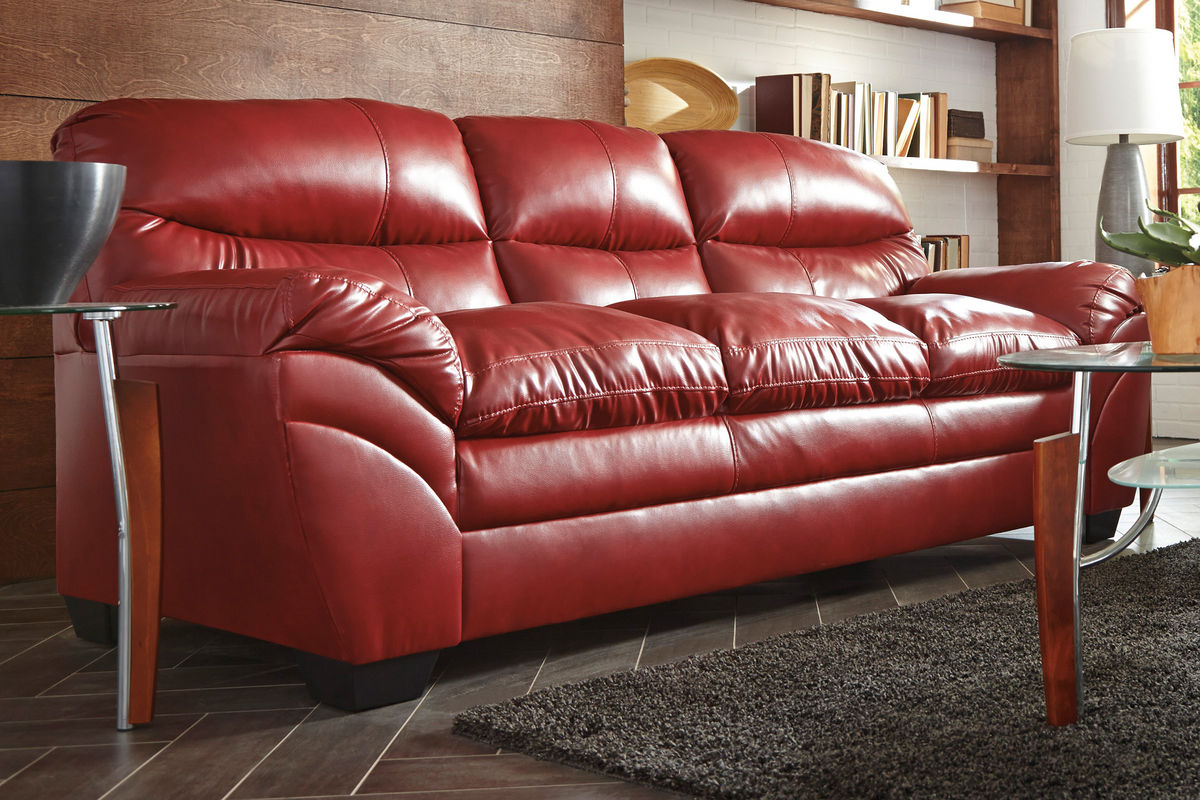
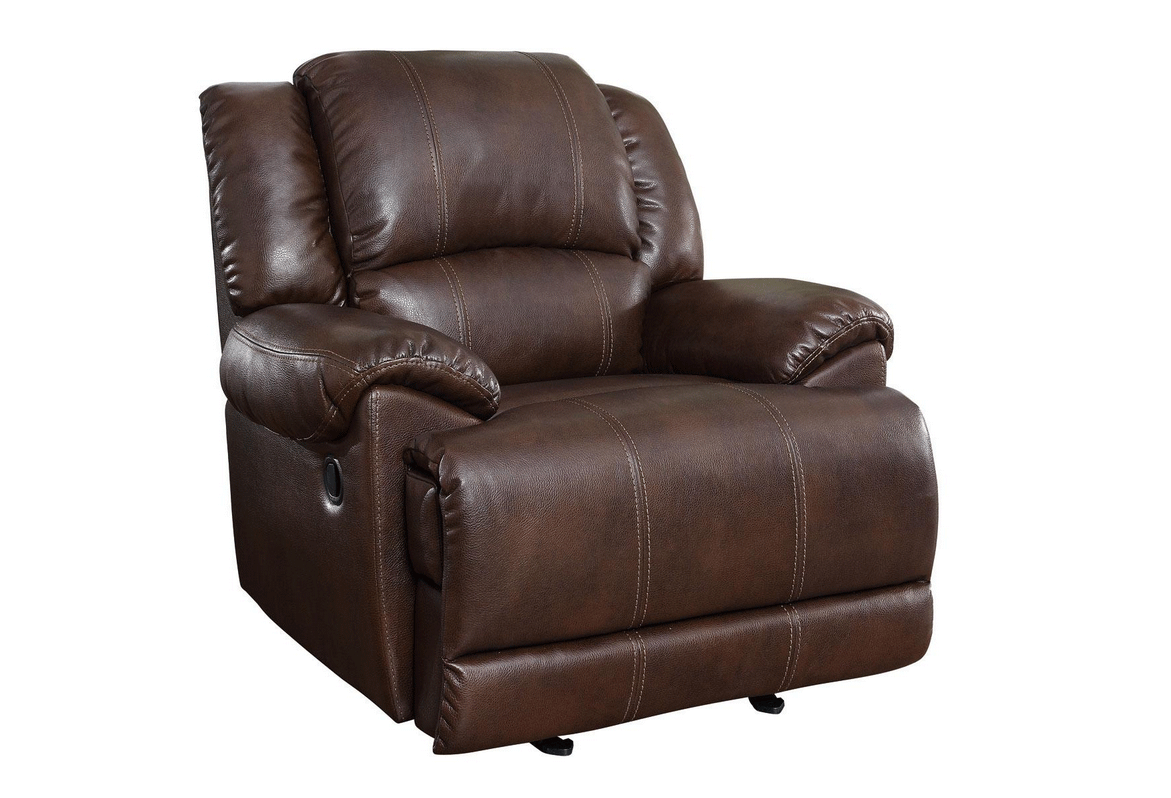

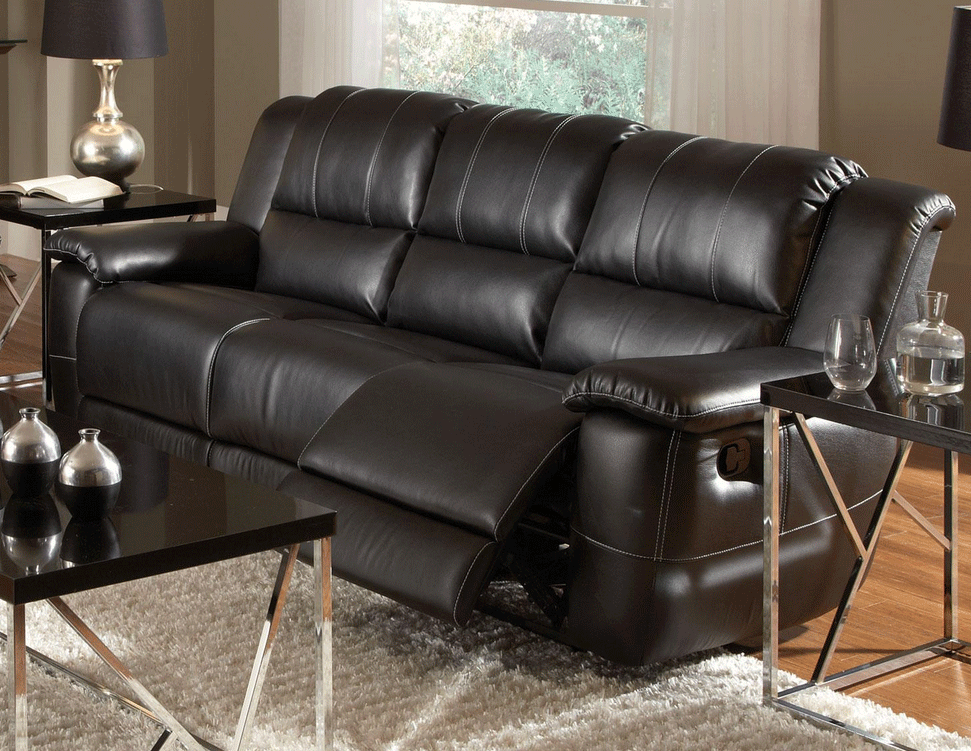













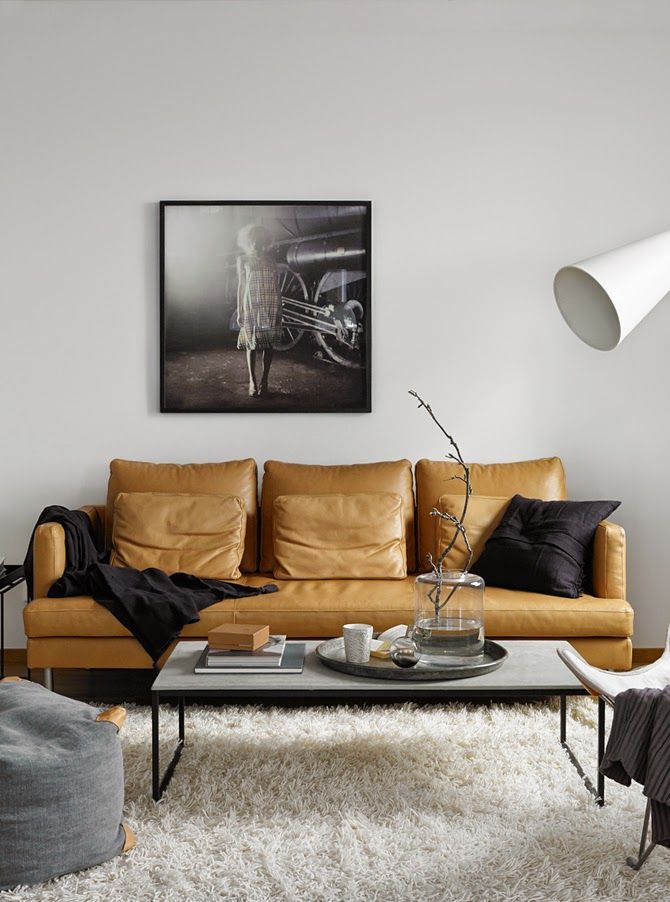
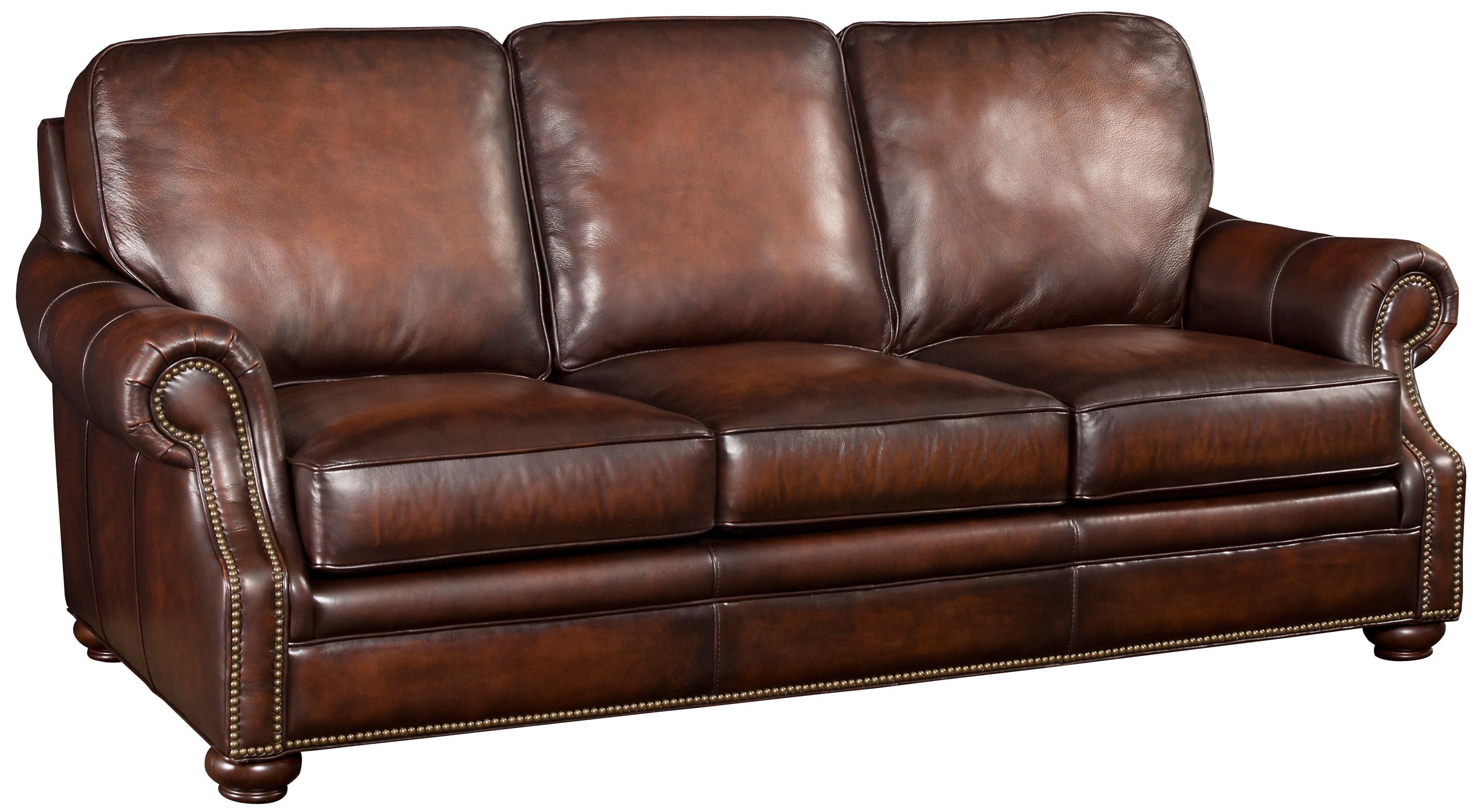

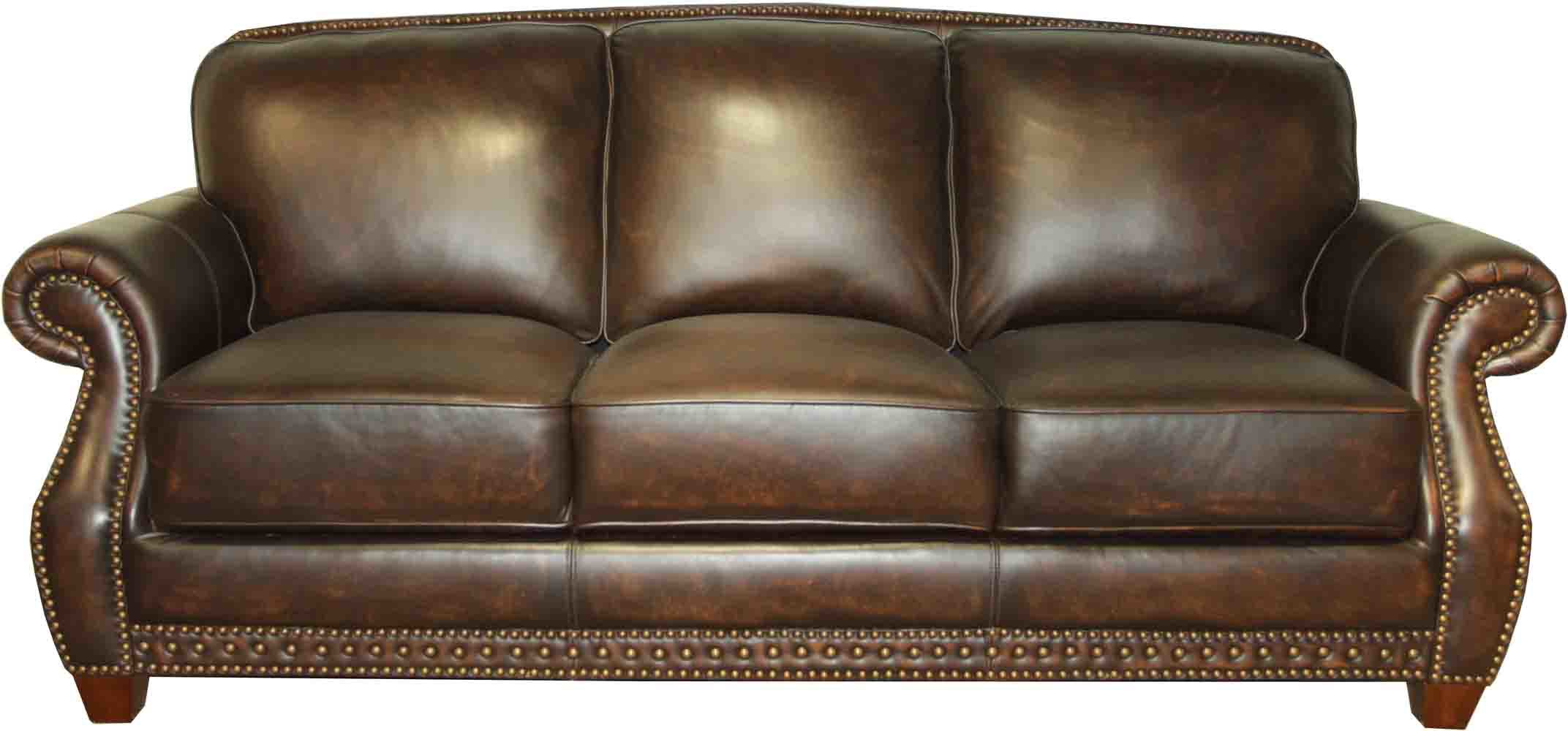
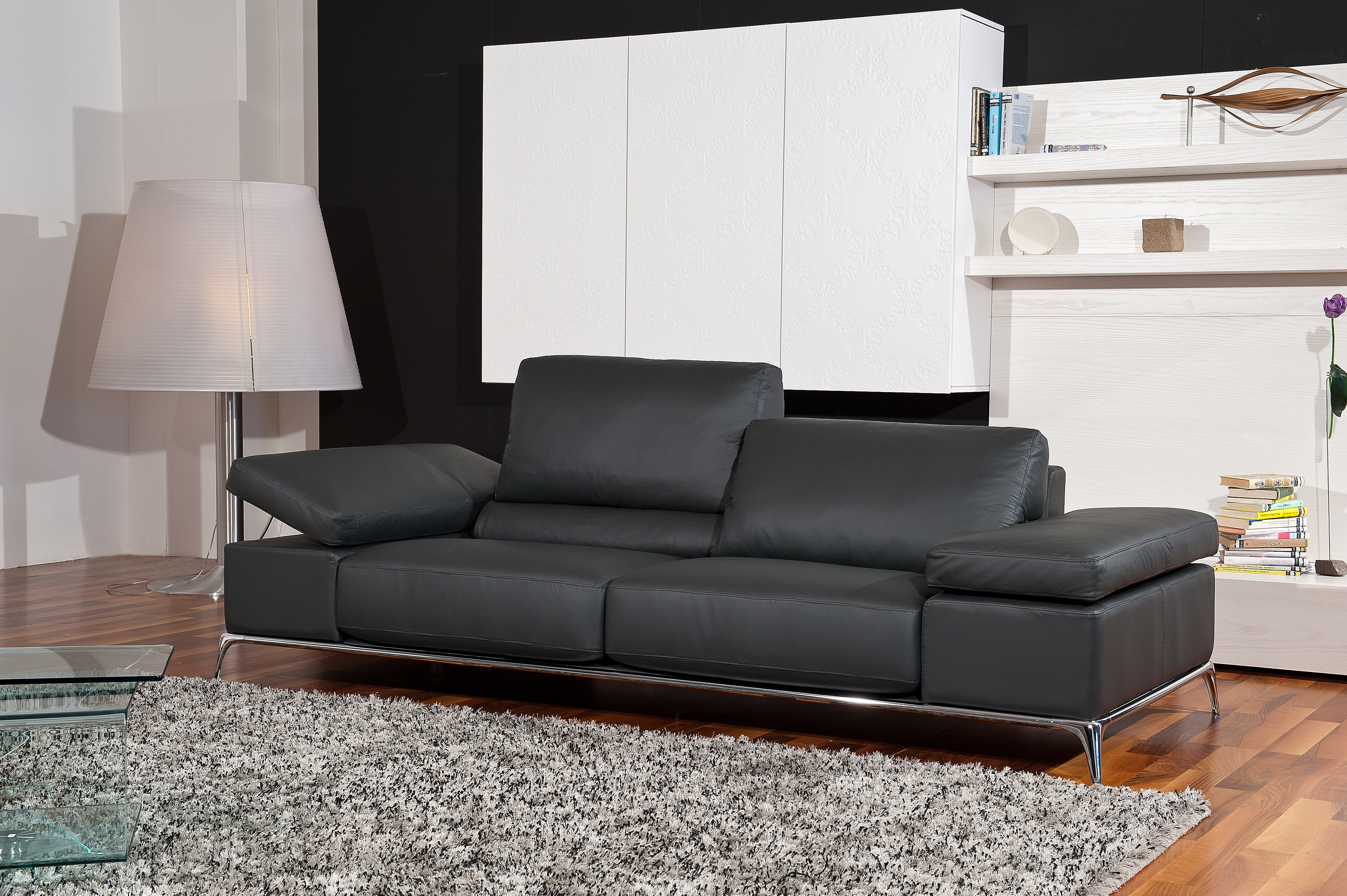


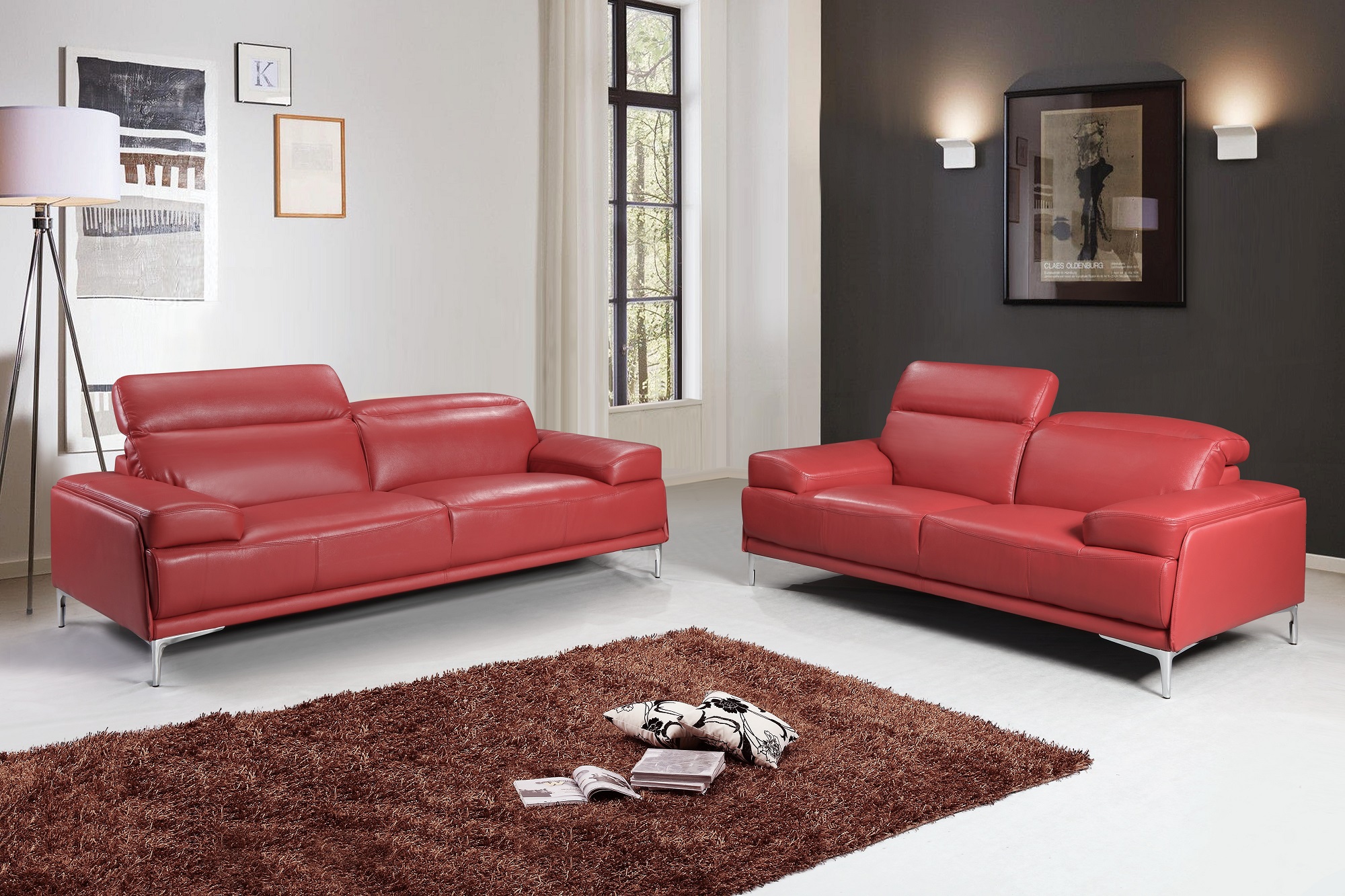
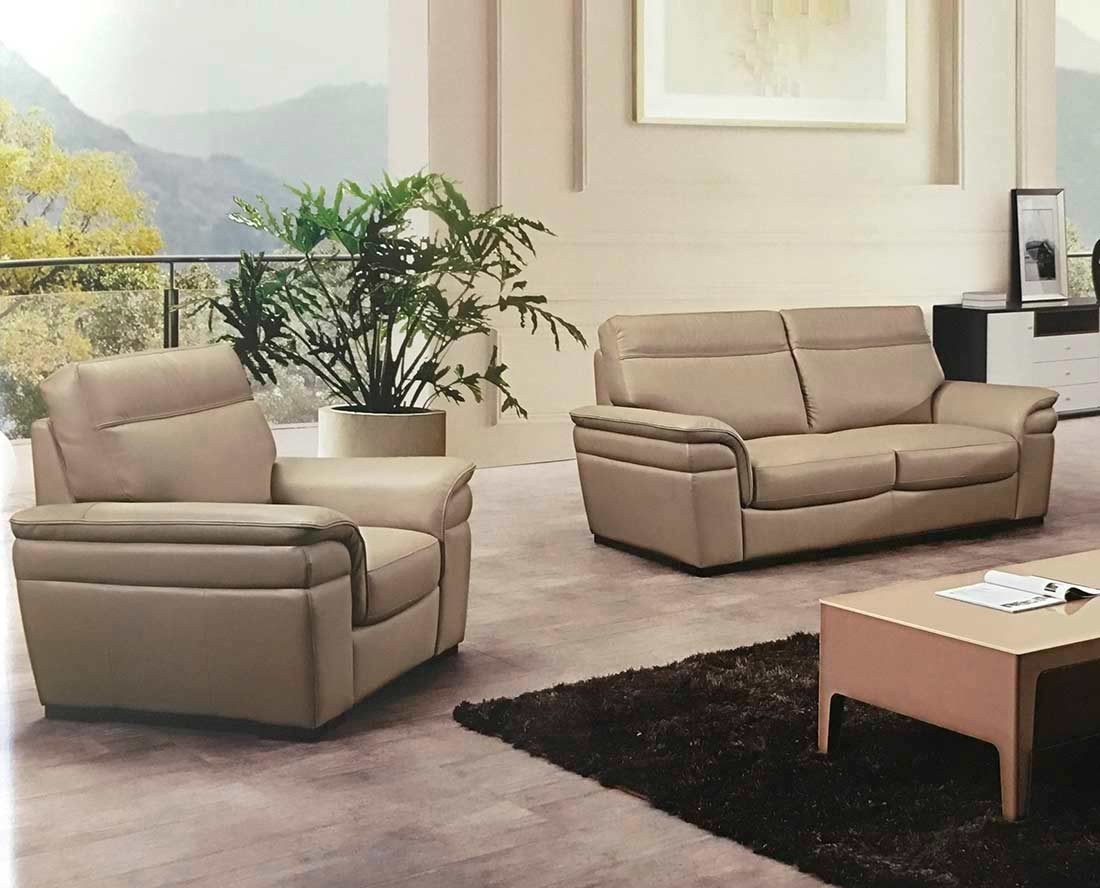
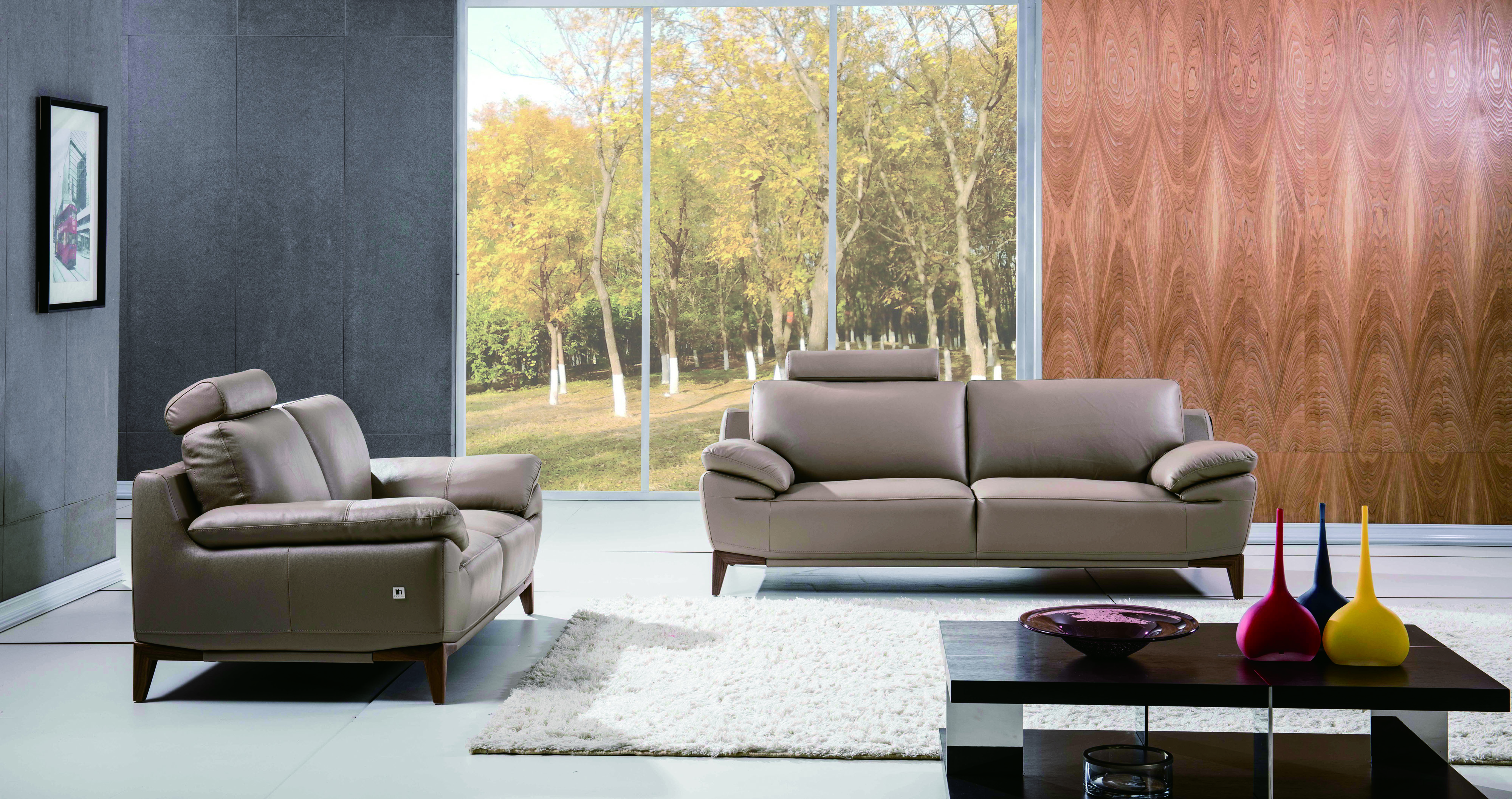


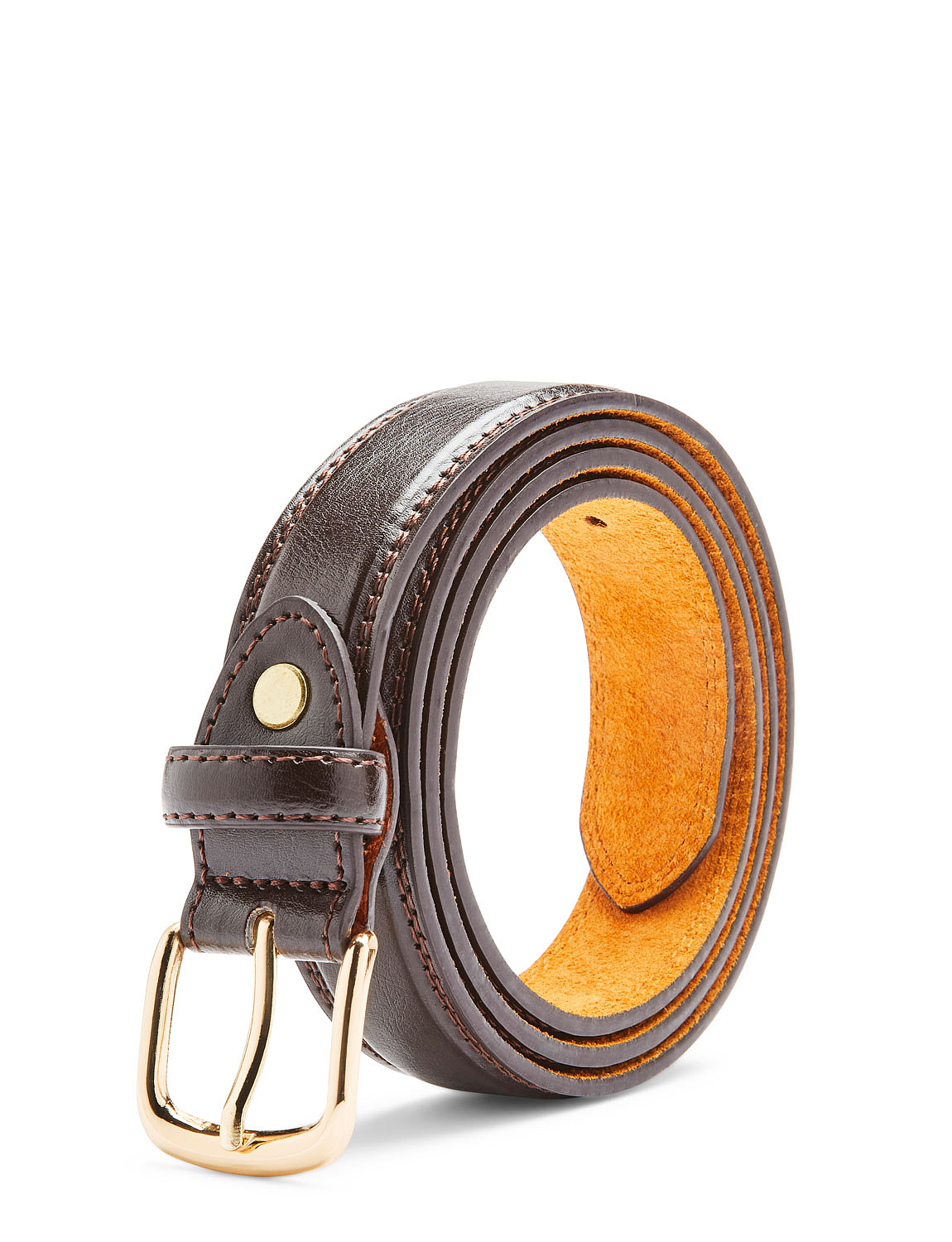
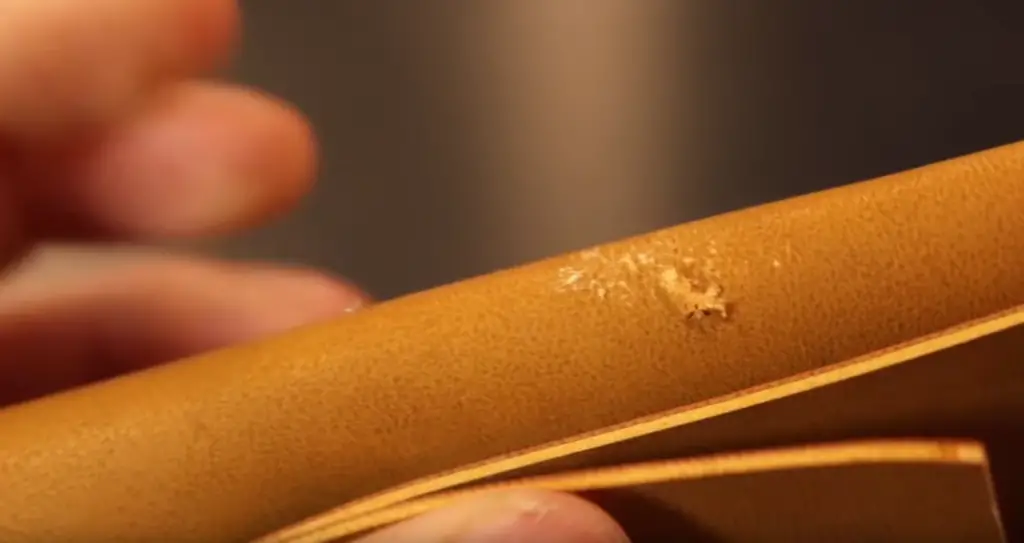
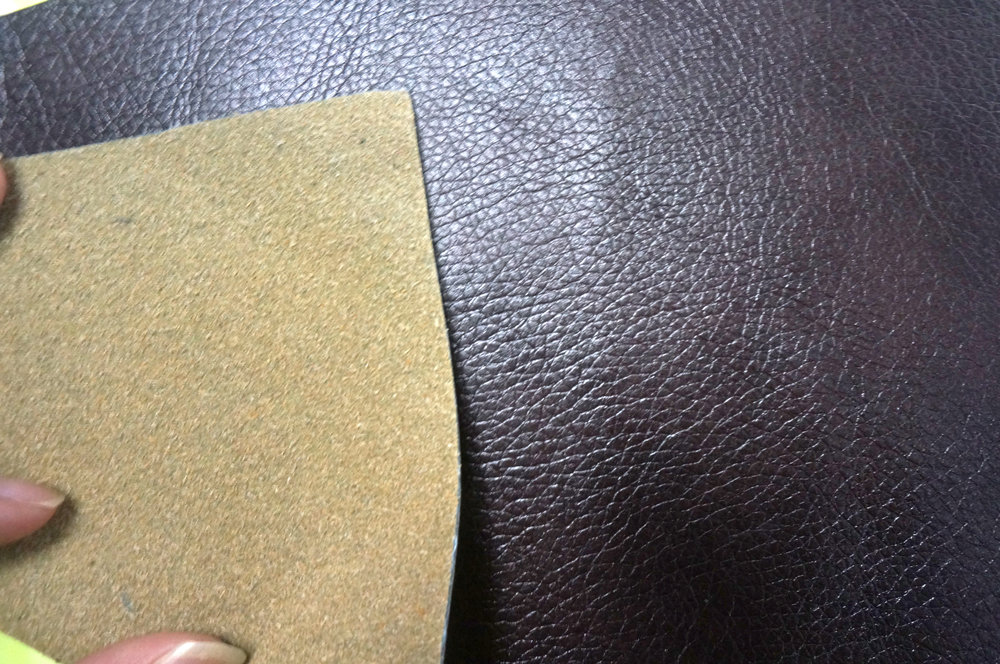
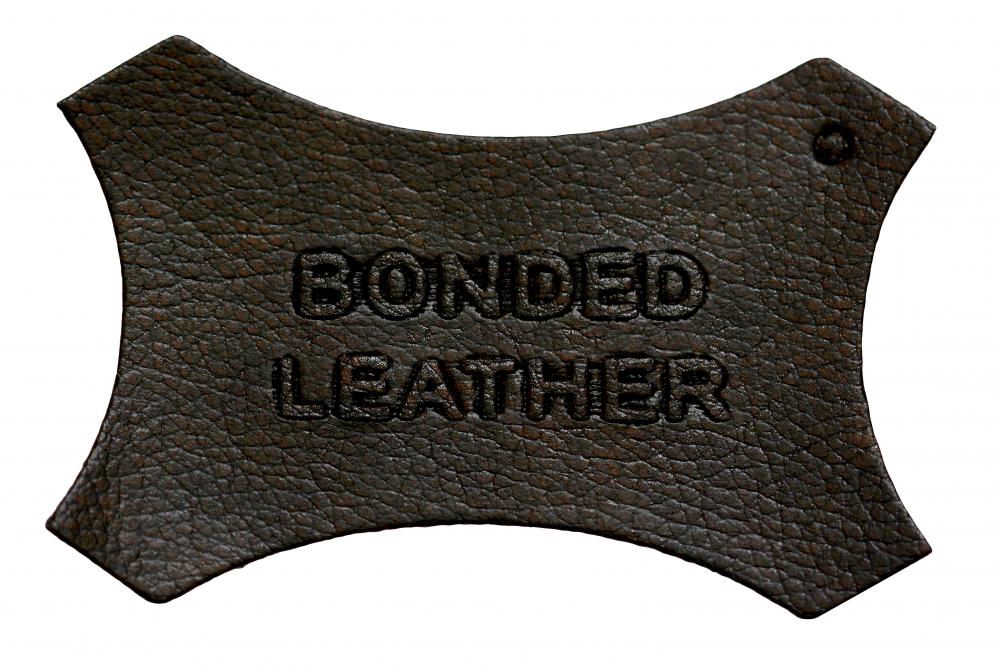


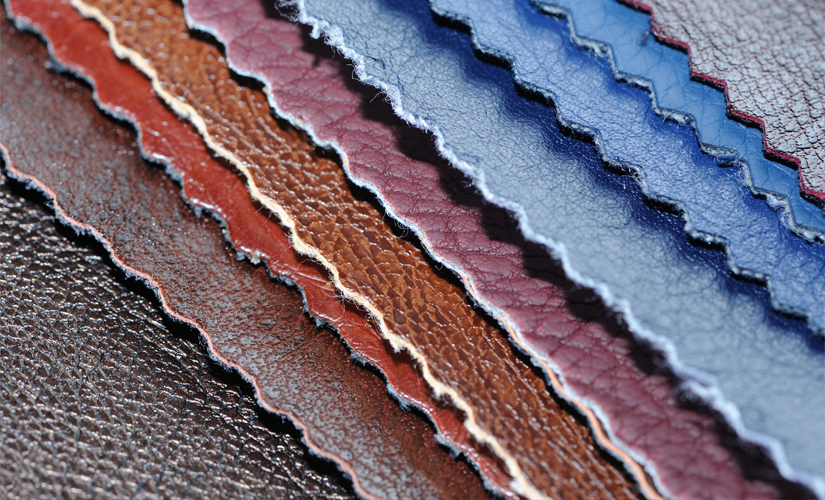
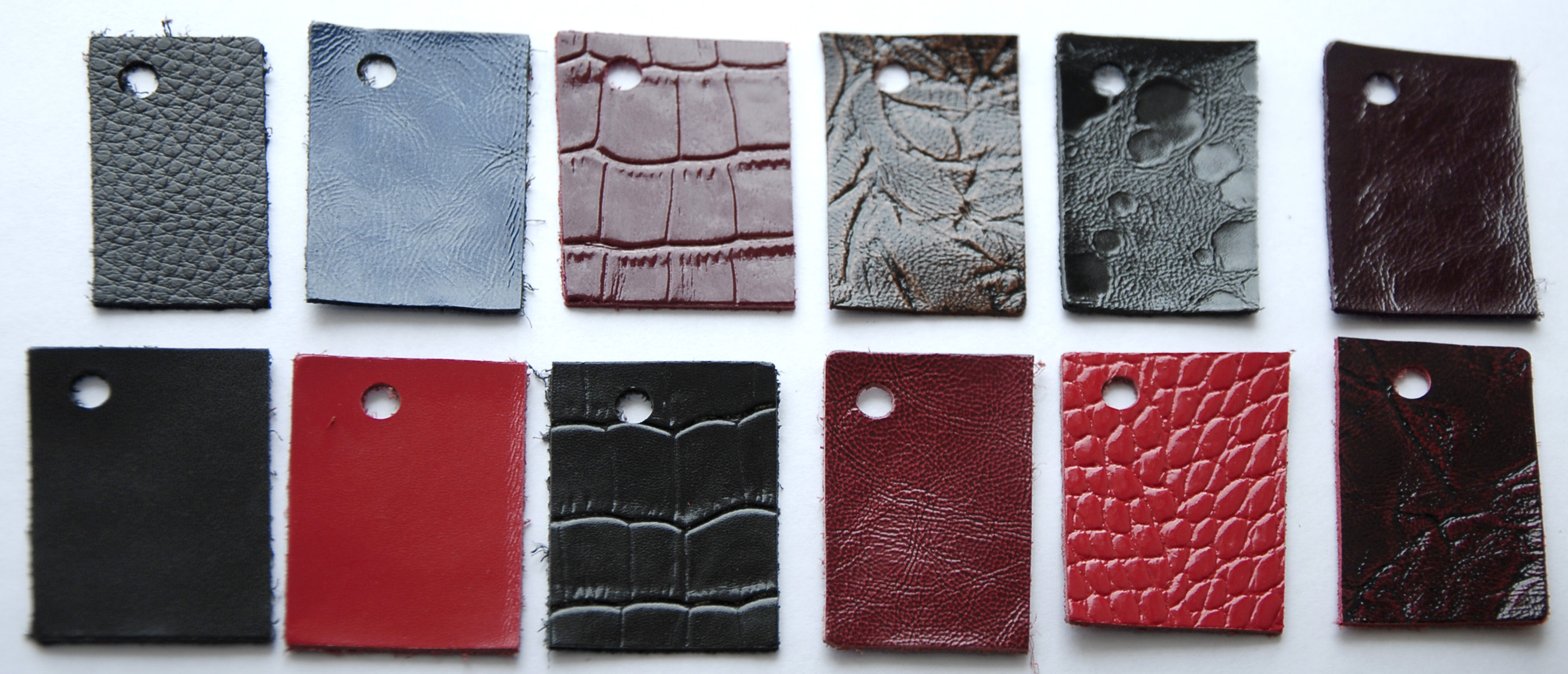




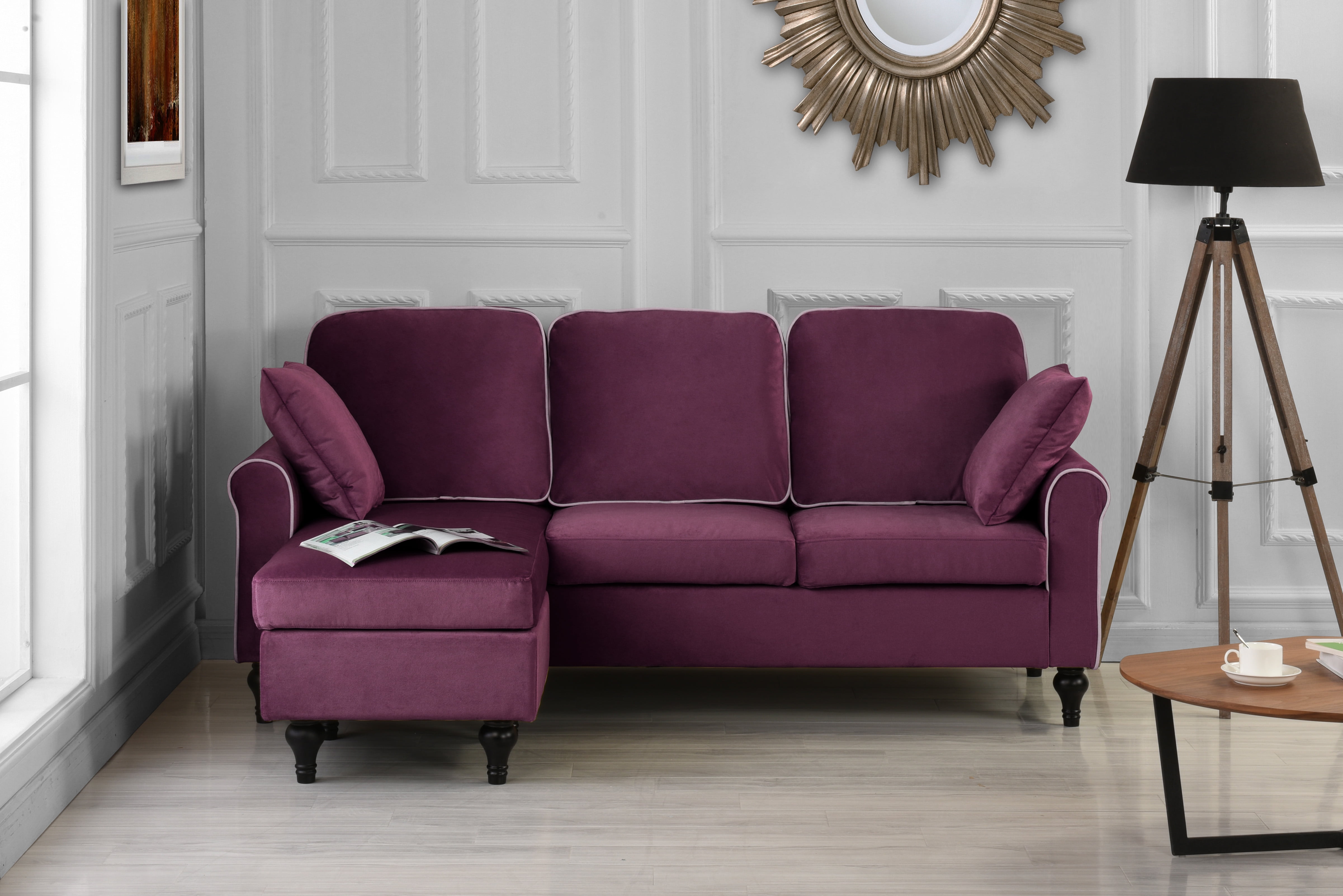

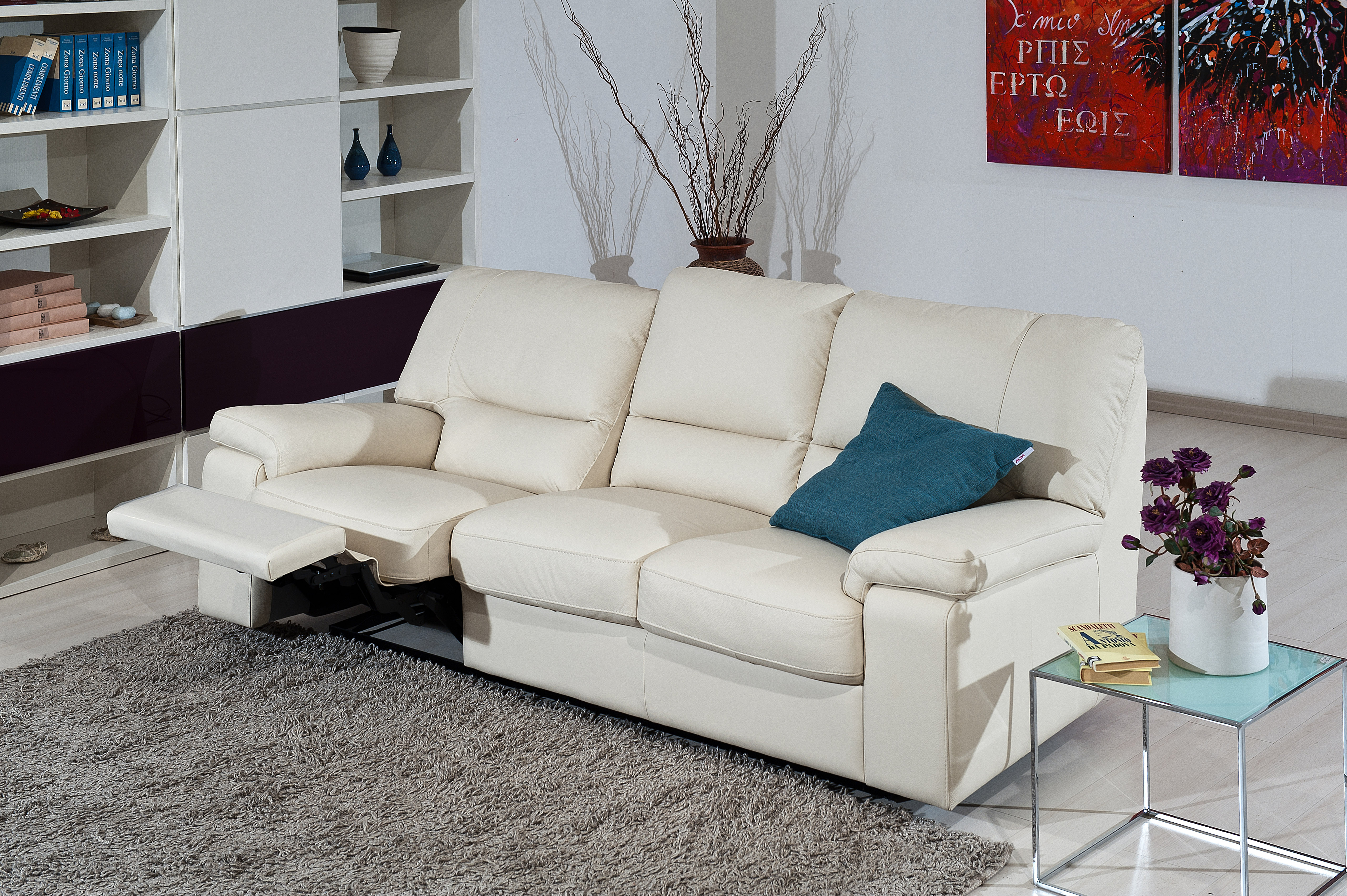
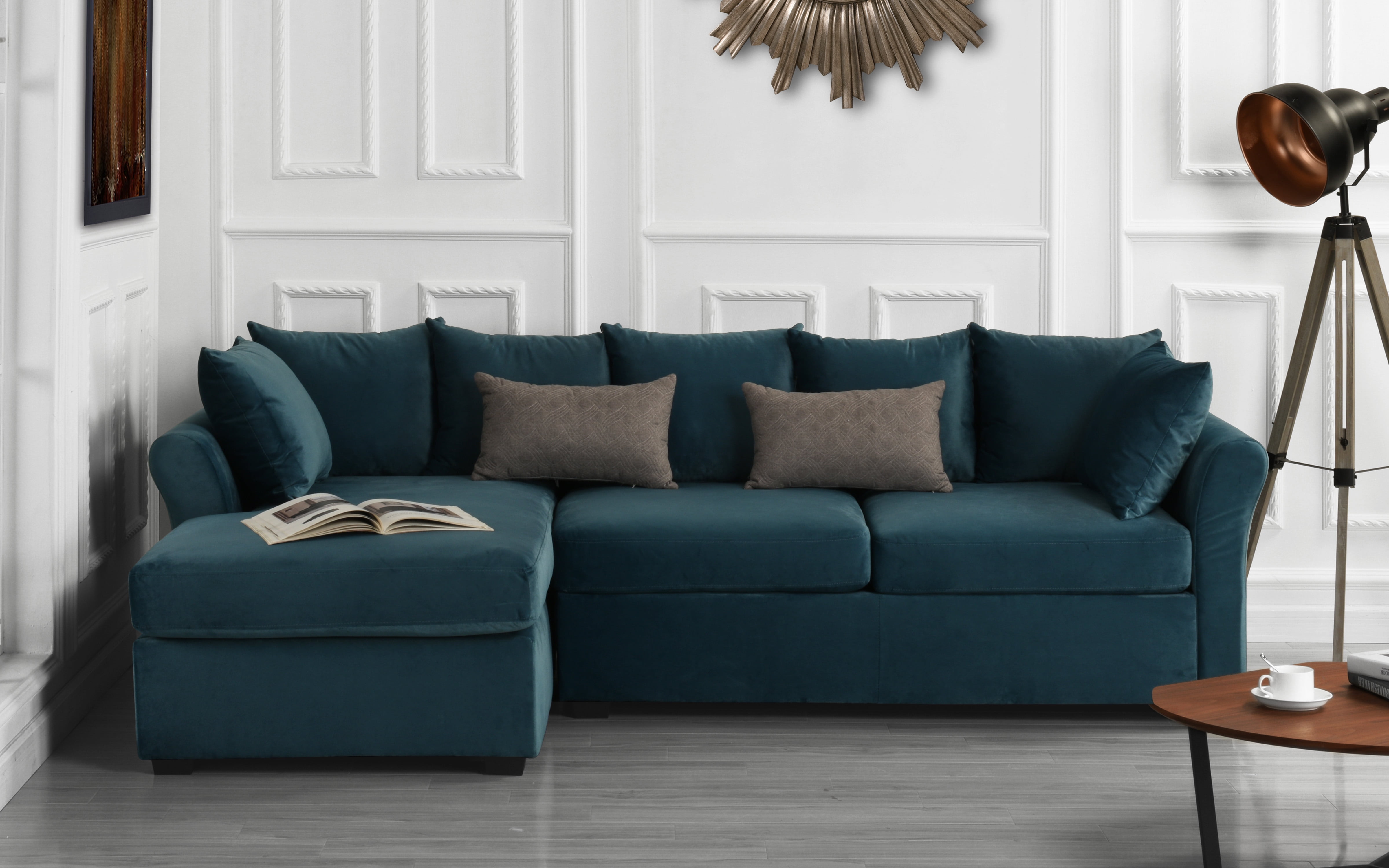

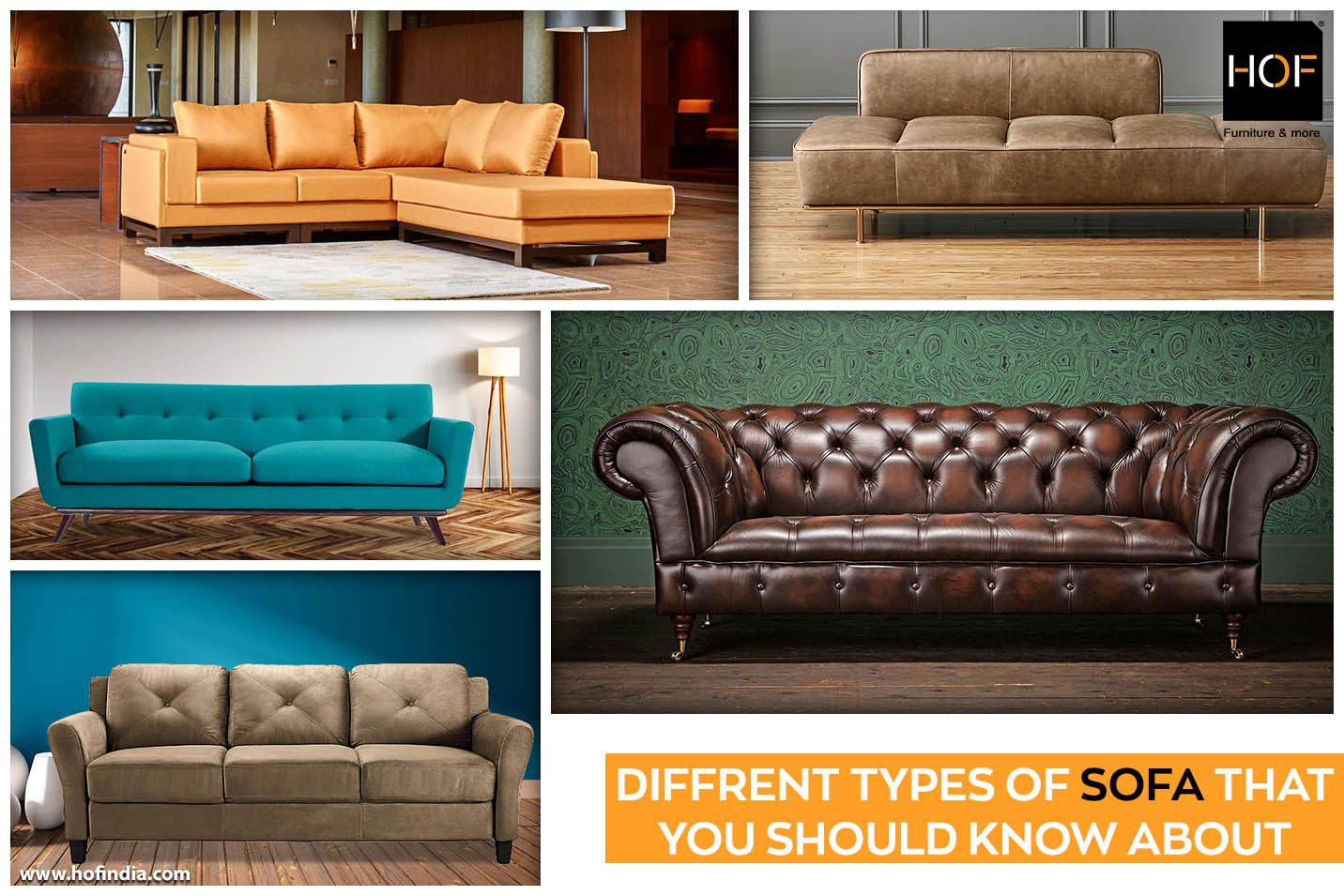




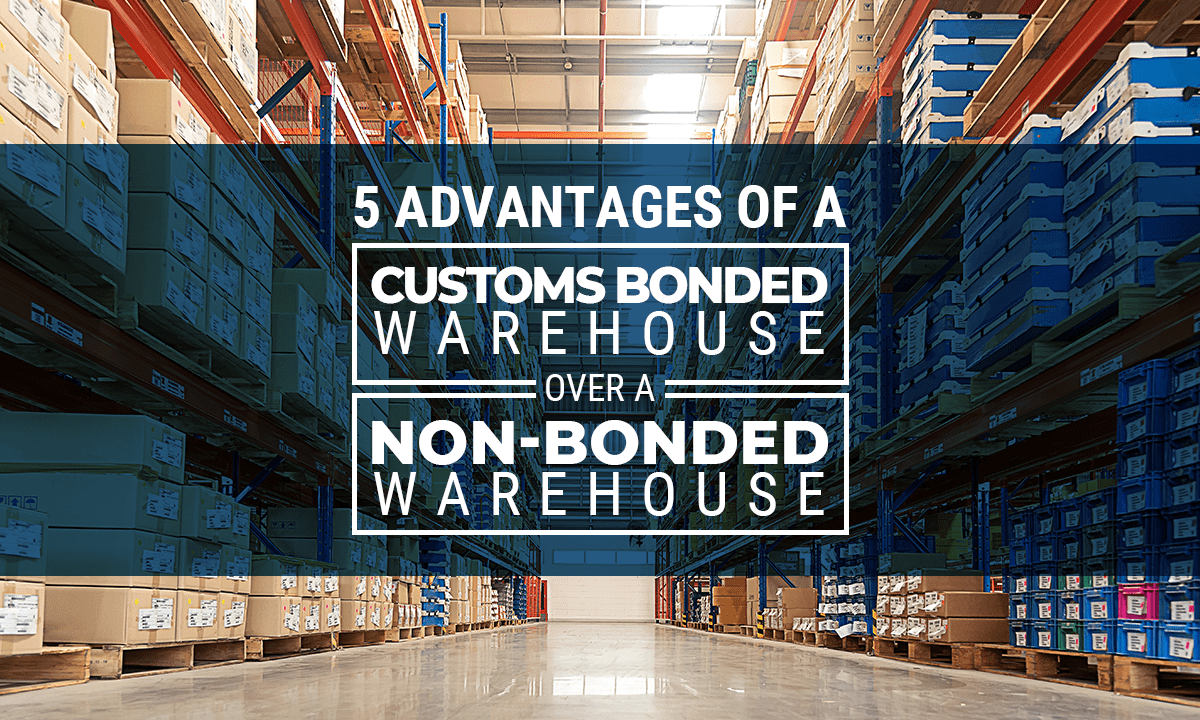
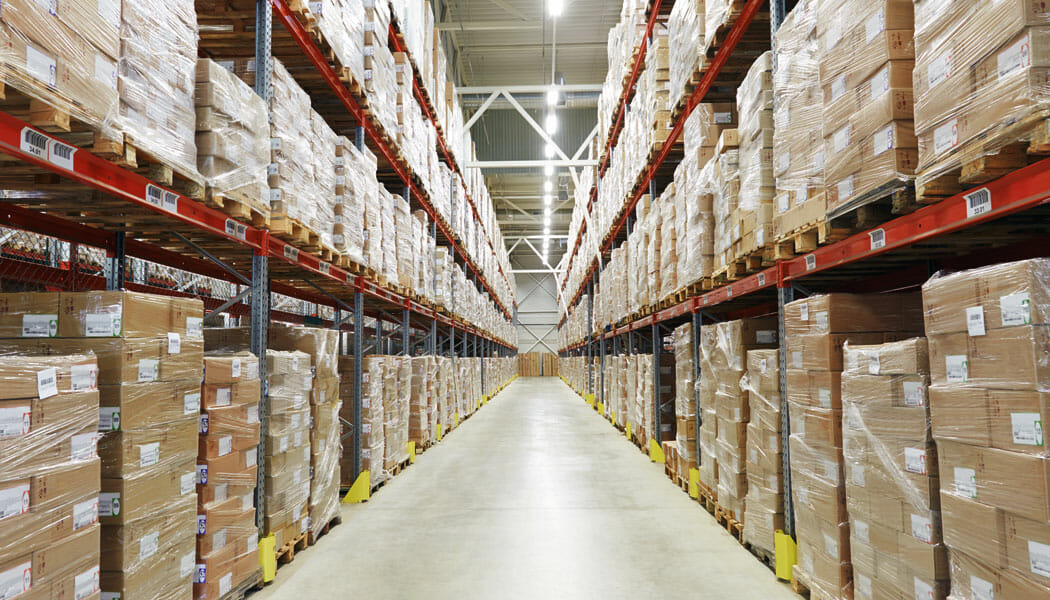
:format(jpeg):mode_rgb():quality(90)/discogs-images/A-7604951-1579268899-7993.jpeg.jpg)
